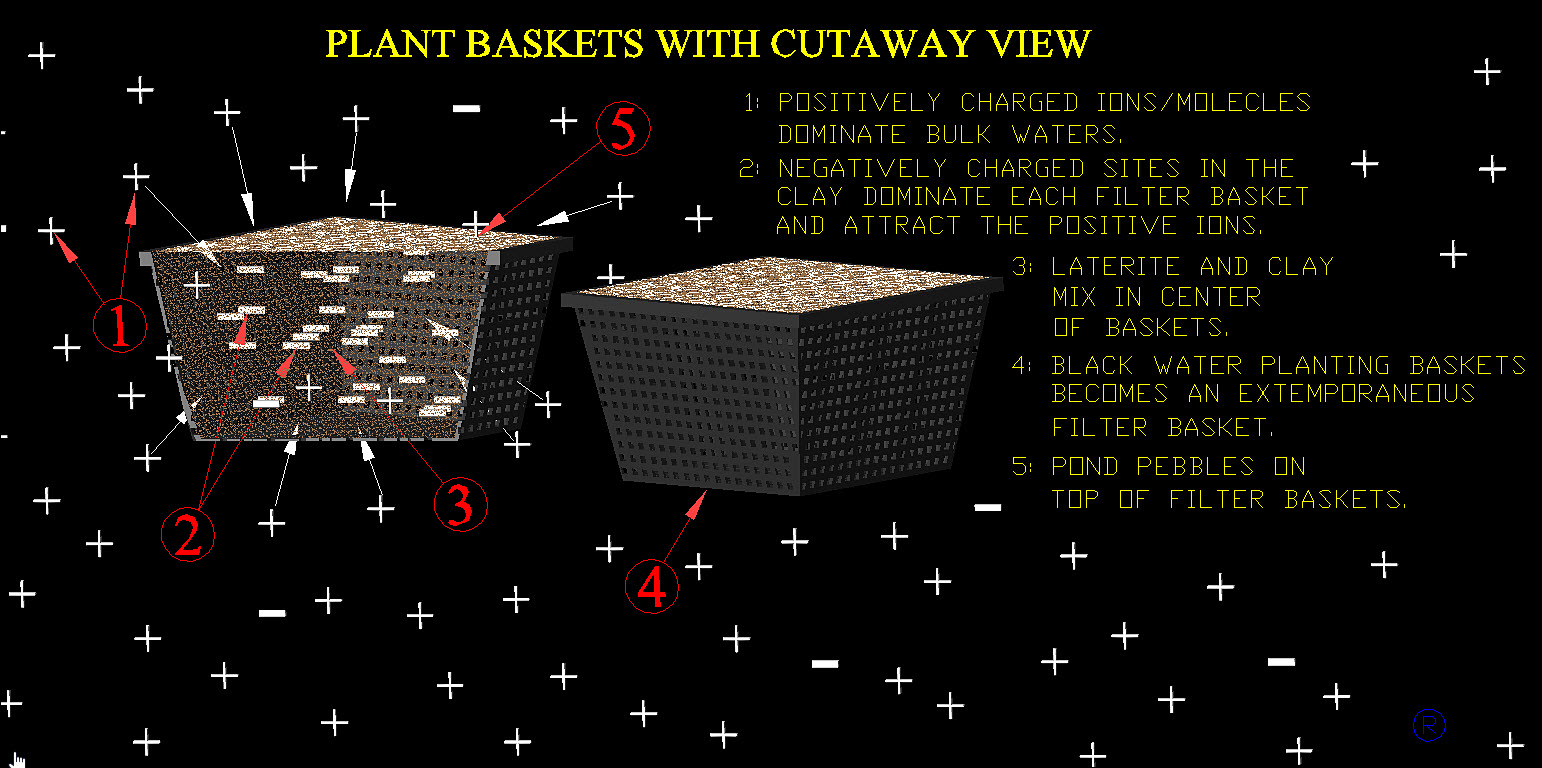
“Biocenosis reactors”, “biocenosis clarification baskets”, “BCBs”, and “anoxic plenums” are devices which are claimed by a Dr. Kevin Novak to remove nitrogen from an aquarium by converting ammonia to nitrogen gas in anoxic conditions. The Biocenosis Clarification Basket reactors are simply mixtures of kitty litter and laterite gravel placed either in a porous plastic basket in a sump, trays in a canister filter or as gravel in an under-gravel filter (a “anoxic plenum”).
Dr. Novak has a YouTube channel where he continually advocates these baskets and plenums. These YouTube videos are just … well … er ….. strange! The “science” expounded in these videos, while apparently sincere, is simply wrong. Sorry, I just can’t sugar coat it.
In a nutshell, the kitty litter/laterite devices do not work. Year long side by side testing with controls proved they do not work. There are no less than six separate solid scientific requirements for any anoxic denitrification device to work. The biocenosis baskets and anoxic plenums meet NONE of the six requirements. NOT ONE, let alone all six!
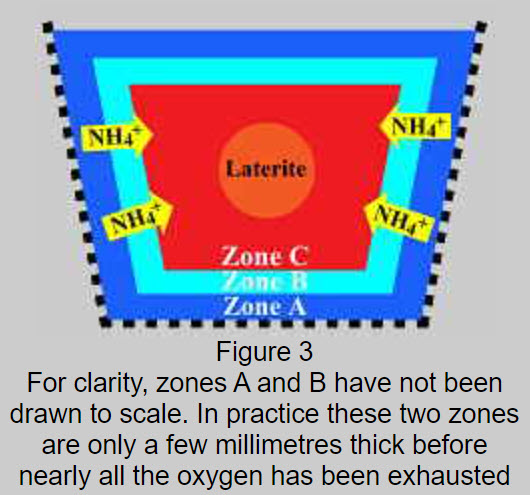
There are several YouTube videos and a blog which claim successful removal of ammonia or nitrates from an aquarium via reduction to nitrogen gas using a biocenosis basket or an anoxic plenum. All these aquariums or ponds had large accumulations of plants or detritus which clearly absorbed the ammonia or the nitrates into their mass as proteins. There were never anywhere near “anoxic” or “anaerobic” or even “hypoxic” conditions created in ANY of these aquariums. And no nitrogen gas ever gassed off from these aquariums or ponds.
Also the science behind anoxic denitrification of nitrate to nitrogen gas dictates that biocenosis clarification baskets and plenums simply cannot work. If one needs more details, wants to be bored to death by a lengthy, verbose analysis designed to prove a negative, and is a real nerd like the author, read on.
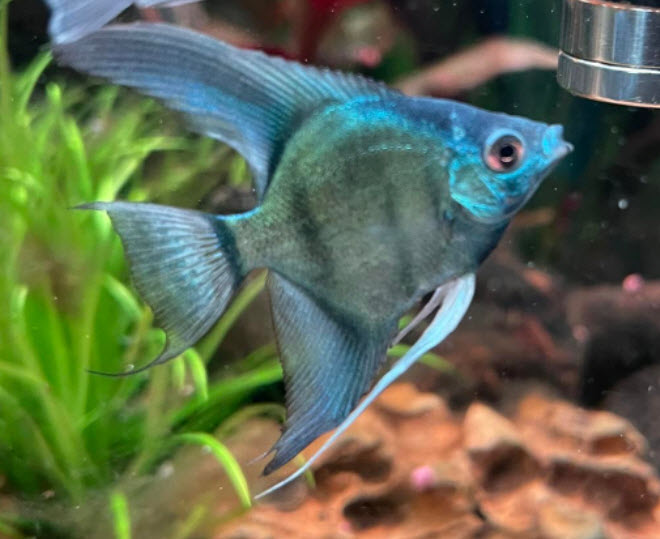
A Predicate Statement
The whole topic of biocenosis baskets and anoxic plenums is just … well … strange. To illustrate this “strangeness” there seems to be an issue which needs to be aired prior to anything else. In a video on Dr. Novak’s YouTube channel there was an interesting exchange in the comments section between one Bentley Pascoe and Dr. Novak. Mr. Pascoe said he was data oriented researcher and needed to see the research and the data on the Anoxic Filtration System. Dr. Novak then commented as follows:
“Since the anoxic filter has been out to the public for over 30 years now and has been tested all over the world: now 30 years later you come up and ask for actual data that you would like for FREE? Tests, articles, and books have been written about Anoxic filtration system for the past 30 years: where have you been? However, if you would like to have all my research papers then contact me and I will tell you the price that I’m selling them for. That’s if you would like to buy them, after all research is not free and since I do not know you, you could be working with a company. I don’t hand over 10 years of research for absolutely free. So if you really are that interested, then you contact me, and I will tell you the price of all the research papers and then you can have them after payment. I’m no different than anybody else. I want to be paid for my services and time just like you do with your YouTube channel, you want to be paid for your services and time; you put a lot of effort into what you do, so do I.”
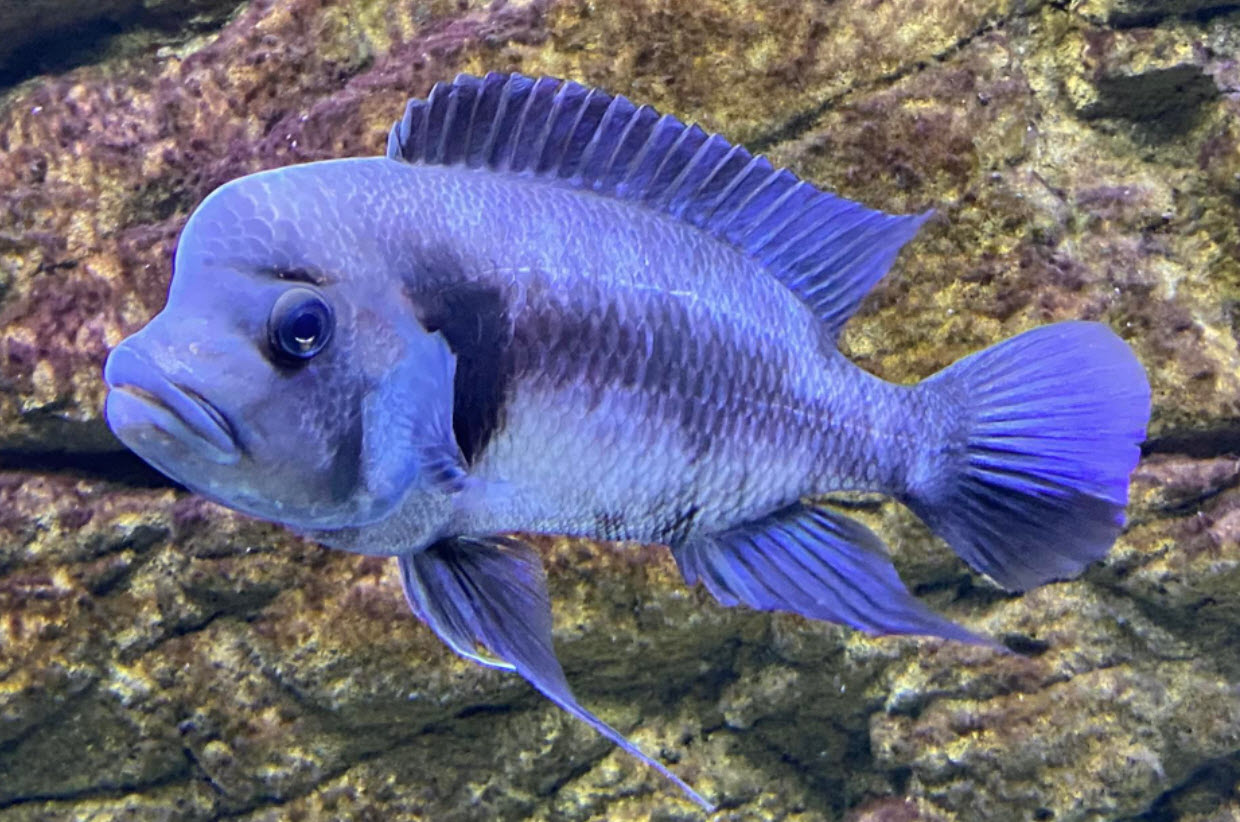
So I left a comment on the YouTube channel (and sent an email directly to Dr. Novak) that said:
“You say, and I quote: “Tests, articles and books have been written about Anoxic filtration system for the past 30 years” but that you want to be paid to provide this literature. Fair enough. I’ll purchase a copy of this literature. Please tell me the price and how I can obtain a copy of it. Thank you, David Bogert”
Dr. Novak came back with the following:
“The research papers that I have, and everything is for sale for 1.5 million. You come up with the money I’ll come up with the papers. I have lots of people I can pay with that money who help me do the research.”
This is just … well … er ….. strange! Draw your own conclusions. I won’t speculate.
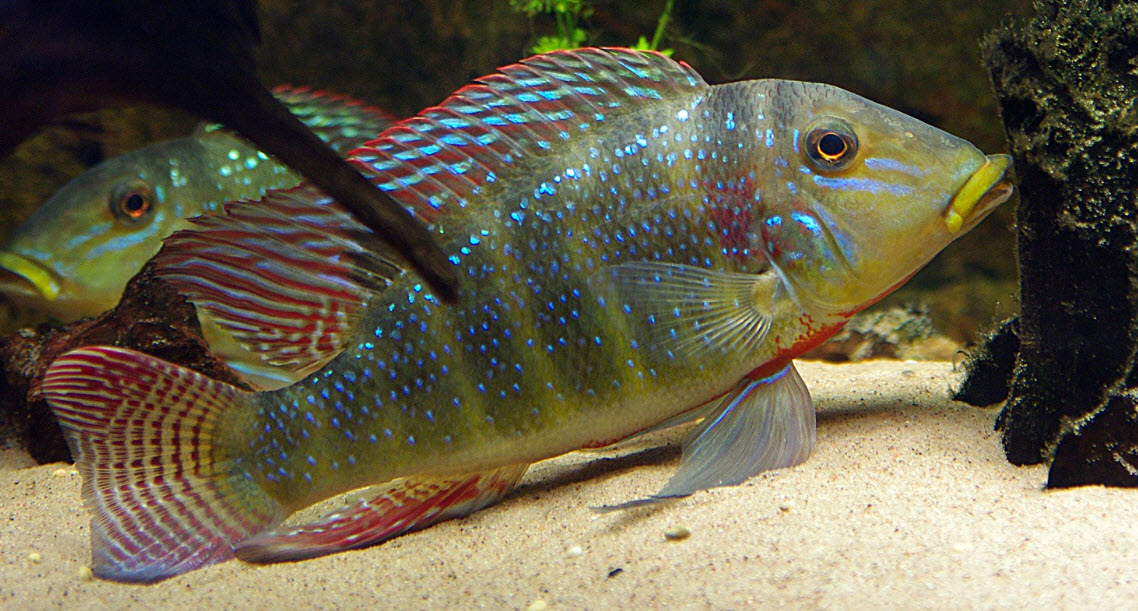
“Biocenosis Clarification Basket” and “Anoxic Filtration”
Note there is one “anoxic/aerobic denitrifying system” for aquariums on YouTube which is just … well … er ….. strange! It is a “Biocenosis Clarification Basket” (and its similar “anoxic plenums”). These videos are simply a bunch of rambling statements using some big terms that make no coherent scientific sense at all.
The author, Dr Kevin Novak, seems very sincere and appears to have very good intentions. He seems to be genuinely trying to help out the hobby. Dr. Novak just seems to have the science all jumbled up and inside out.
Dr Novak says that his aquariums are without nitrates after eight months without doing a water change. And he ascribes this to his filter removing the ammonia and/or nitrates by “biocenosis” by an “anoxic filter” (“anoxic” means very low in oxygen) that converts nitrates to harmless nitrogen gas. Here is a photo of one of Dr. Novak’s “zero nitrate” anoxic plenum aquariums. Note all the fast growing plants and the low number of fish:
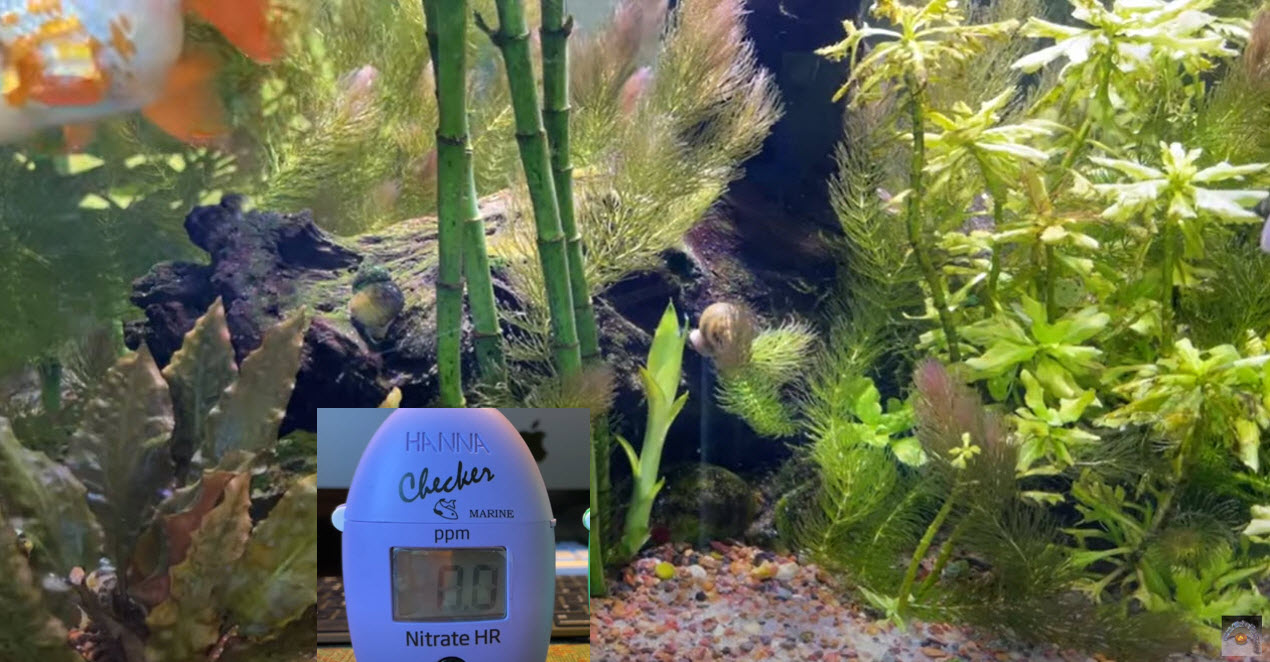
Dr. Novak has several heavily planted, lightly stocked aquariums which are simply low tech heavily planted aquariums! And plants absorb ammonia and nitrates! If the fish loading is low, the plants can keep nitrates at zero. “Biocenosis” is a term which means “an association of different organisms forming a closely integrated community”. I.e. a low tech planted aquarium. This is a photo of another of Dr. Novak’s aquariums:
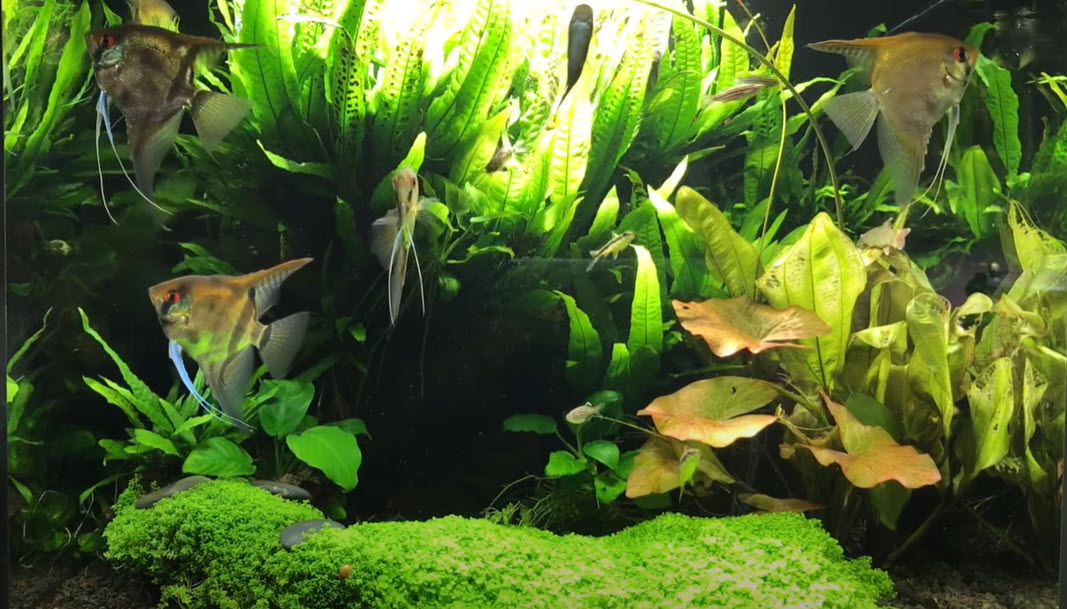
The large volume of plants in these lightly stocked aquariums will reduce the nitrates to zero. This is not the “biocenosis reactor” or the “anoxic plenum” doing the reduction.
Dr Novak also showed some pictures of his koi pond where he claimed nitrate reduction by use of a biocenosis basket. It was filled with emergent vegetation. Emergent vegetation is a well known absorber of nitrates. EVERYONE knows that!
But Dr. Novak has a video where he says plants are NOT needed for the biocenosis reactors to reduce nitrates. Could he possibly be referring to absorption of nitrogen by the proteins in living organisms in brown gunk? But, no, he continually states the nitrogen goes to gaseous nitrogen in his baskets and plenums via anoxic dissimilatory denitrification. This is just … well …. er… strange.
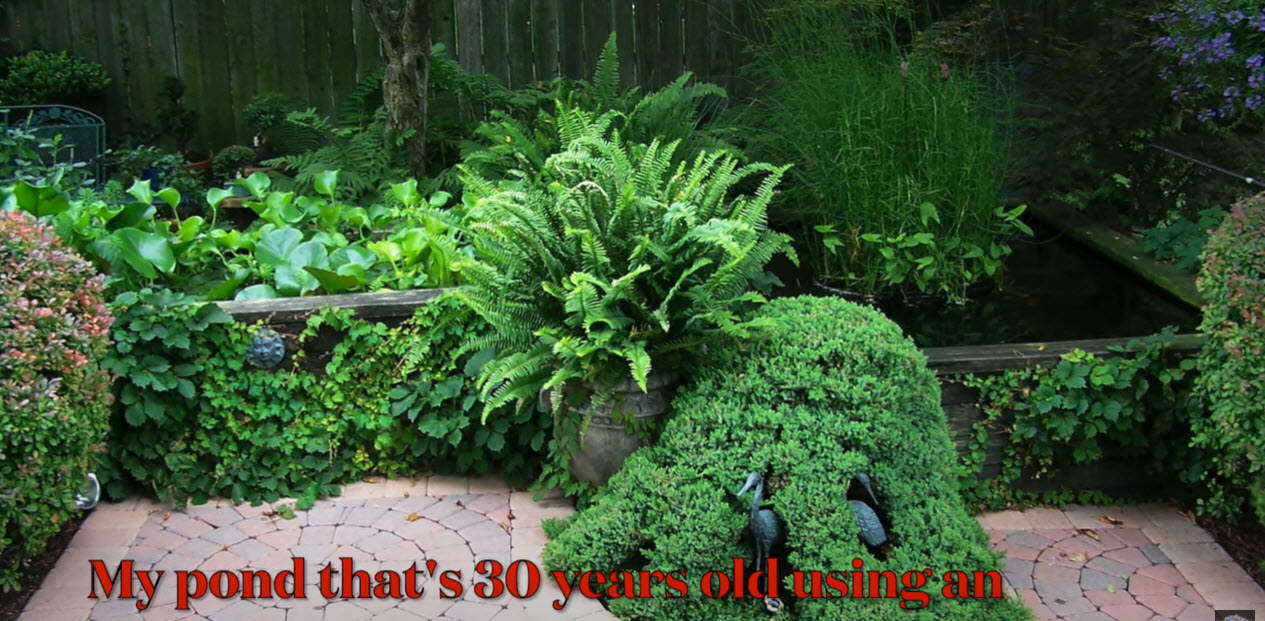
The Strange Terminology
These “biocenosis baskets” and “anoxic plenum” YouTube videos, books and websites use some … well …. er… strange terminology like:
- “Clay attracts ammonia“ (when water with ammonia in it flows directly and microscopically [like the diameter of an atom!] onto the surface of a UNFUSED clay particle the positively charged ammonium ions can be exchanged for positively charged sodium or calcium ions on the surface of the clay. The clay does not “attract” anything. And FUSED clay such as kitty litter doesn’t even do the exchange of positive ions that UNFUSED clay can do)
- “The electrical charges in the center of the basket only draw in ammonia molecules; they don’t draw in water molecules“. (There is no “electrical charge” in the center of any basket of kitty litter and/or laterite. If there was a negative lead from a DC power source in the center of the basket and the positive lead from the DC were placed in the water outside the basket, positive ammonium ions [and all sorts of other positive ions] would be drawn into the basket. But there is no DC source. There are no electrical wires giving some “charge” to the center of the basket.)
- “Fused clay has a glass structure and is thus crystalline” (fused clay does have a glass structure. But glass structures [and fused clays] are amorphous, exactly the opposite of crystalline)
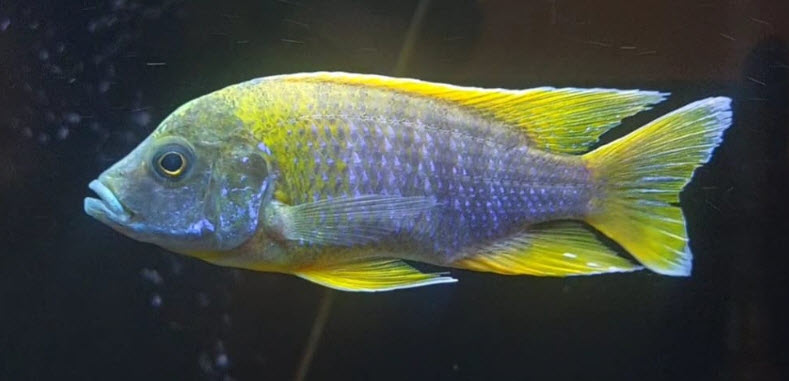
- “Oxic/anoxic denitrification” (an impossibility as oxic [oxygen rich] and anoxic [no oxygen] conditions cannot exist in the same media)
- “Negatively charged cat litter” (there exists no such cat litter or no such material, all the negative charges in any clay particle have positive ions attached to them so there is no net charge. And as a FUSED material, kitty litter has no charges at all)
- “Positively charged ions/molecules dominate bulk waters.“ (Every single positive ion in water has a corresponding negative ion for no net charge. And “dominate bulk waters”? What does that even mean?)
- “220 molecules of NH4 become 216 molecules of NO3” (now this process is destroying atoms of nitrogen).
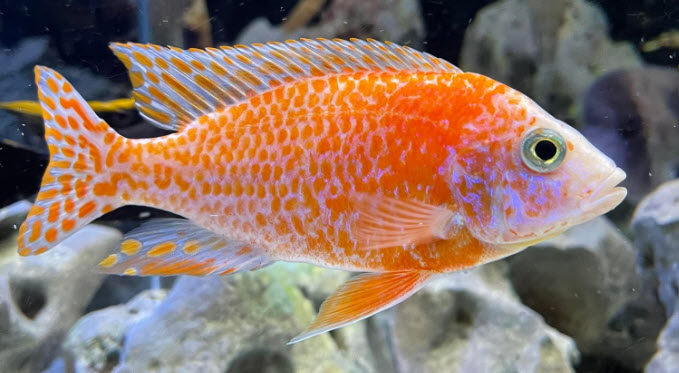
-
“kitty litter that has a crystallinity that attracts ions” (kitty litter has no crystallinity, it is FUSED clay and as such it is amorphous. In any case crystallinity does not “attract ions”)
-
“Negatively charged sites in the clay dominate each filter basket and attract positive ions“ (Each negatively charged site in any clay has a positive ion attached to it for no net charge. And FUSED clay, like kitty litter and laterite, has NO negative charged sites. And there is that “dominate” word again. Dominate means “most important, powerful, or influential”… hmmmm …. what does this even mean?)
-
“Current carrying magnetic field” (there no such thing in the absence of an electric current in the aquarium! Even an electric current flow will not produce anything “magnetic” in water)
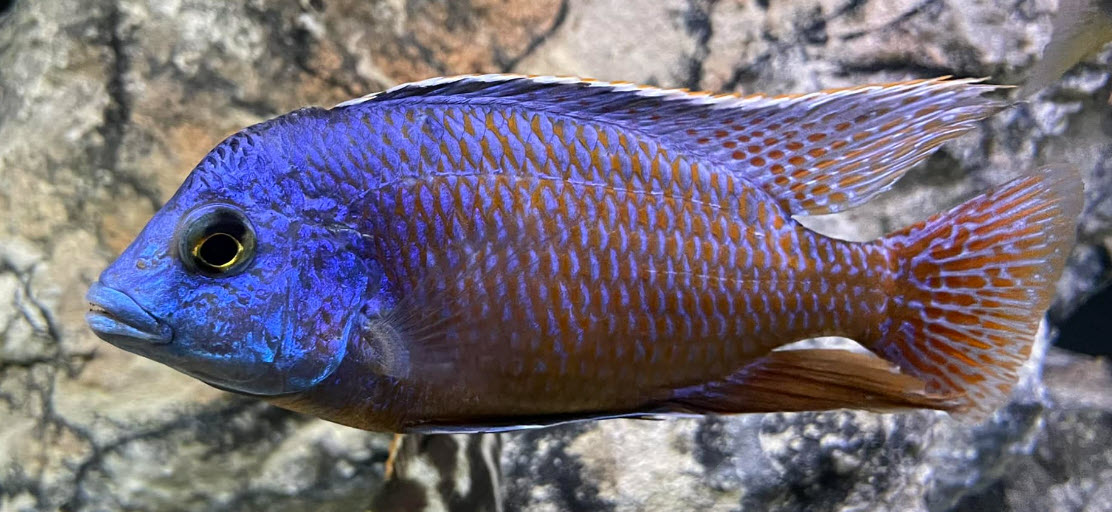
- “Magnetic permeability” (there is no “magnetic permeability” in aquariums, it applies to the design of electrical motors, not to an aqueous solution)
- “Positively charged aquarium water” (again, no such entity exists. In all water the number of positive ions is EXACTLY the same as the number of negative ions)
- “Magnetic dominant ions are positive ions” (which is quite simply just gibberish which uses scientific words. There is no such thing as “magnetic dominant ions”).
- “You need the laterite for the iron“ (laterite is a common rock which is colored red by iron rust. Iron rust is a mixture of iron oxides and hydroxides from which bacteria or anything else cannot remove iron from because it is too tightly held. The red laterite soil in Hawaii which grew pineapples needed iron supplements because the pineapples could not pull the iron out of the laterite)
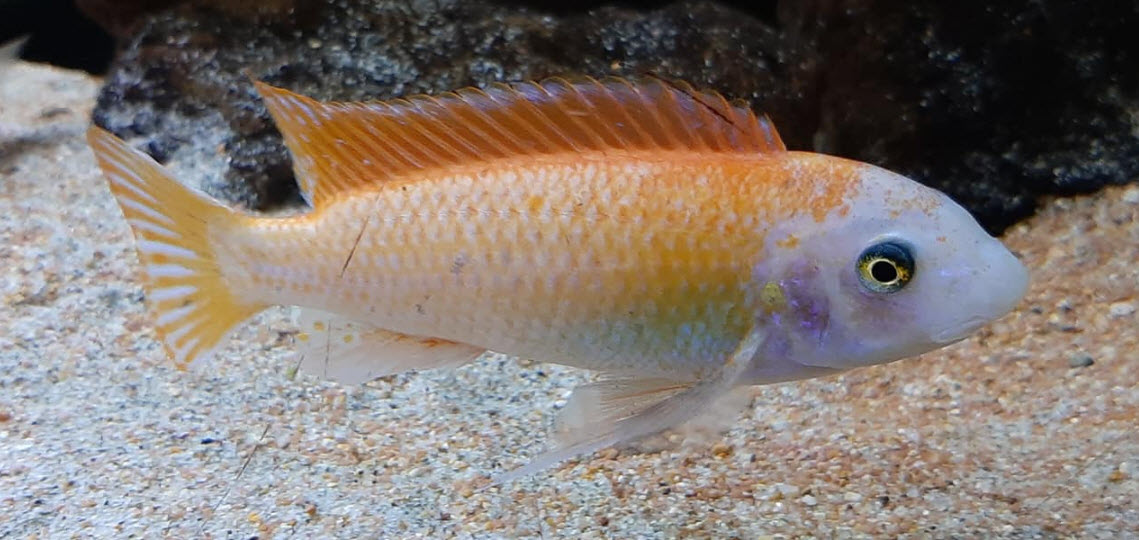
- “Bacteria when it is new needs a lot of iron“ (bacteria is NEVER “new” or “old” it simply splits in two to multiply so there is no such thing as “new” or “old”. And the amount of iron needed by all bacteria is incredibly tiny [iron isn’t called a “micro-nutrient” for nothing], rather obviously since bacteria can grow almost anywhere).
- “The bacteria steal the oxygen from phosphates“ (take it from a chemist, nothing will “steal the oxygen from phosphates”. To do that one is reducing the phosphate to phosphorus, something which is completely and totally impossible in an aquarium)
- “Microscopic thermodynamics” (“thermodynamics” is the study of heat flows. Any biofilm will be a very uniform temperature and have absolutely no heat flows, microscopic or otherwise)
Not one phrase in this list makes any sense at all. This is just … well … er ….. strange!
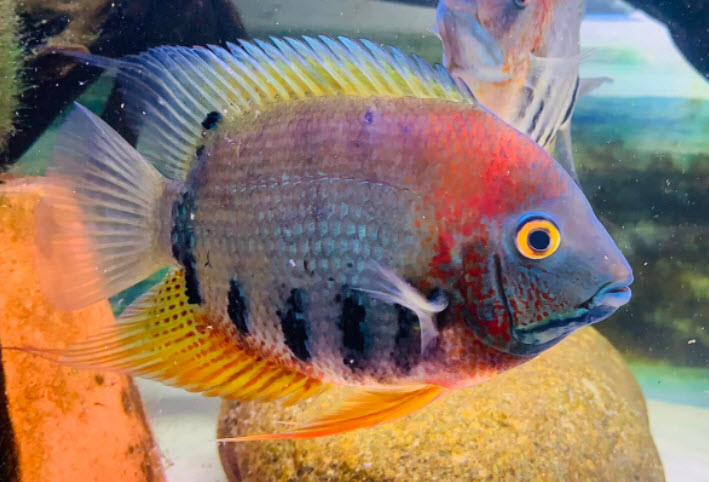
Dr. Novak has a book available over Apple I tunes which basically simply repeats the above … well …. er… strange ideas over and over again. Typical of these strange ideas is this paragraph from Dr. Novak:
“The anoxic filtration acts like a natural system by allowing ions to flow freely into and out of the substrate. This keeps the basket in an aerobic state also in an anoxic state but not an anaerobic state. And natural systems works the exact same way where ions are allowed to travel into and out of the substrate through the intersection of typography. If this movement is hindered in anyway that then changes and/or upsets the bacteria balance to available food stuff in the system and the system then can in some cases becomes an Ethiopian system and will affect microbial cells and life in the system.”
“Aerobic state also in an anoxic state?”, “intersection of typography?”, “an Ethiopian system?” Once again, a bunch of terms which just do not make any coherent sense at all. Not one sentence in this paragraph makes any sense at all. This is just … well … er ….. strange!
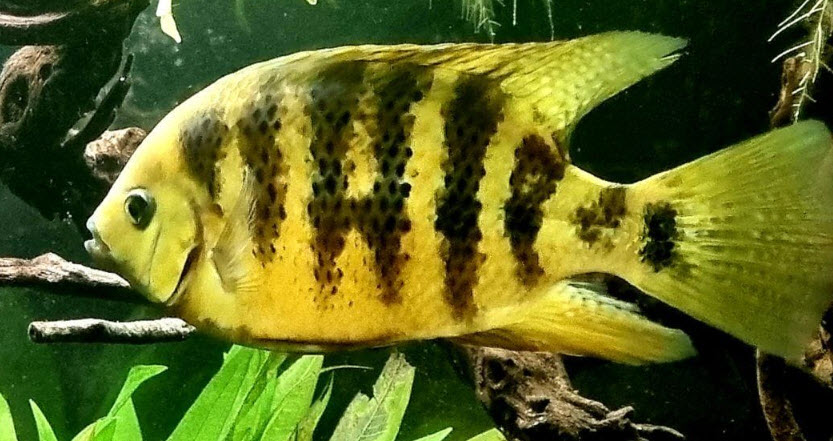
Another write up of Dr. Novak is:
“Anoxic Filtration System: Is a biological filtration system using Biocenosis Clarification Baskets to attract positive ions out of the water body. Using a combination of natural process clays, like that of Kitty/cat litter and tropical Laterite, a residual product of rock decay, act and react to convection, magnetic pull and/or diffusion as a biochemical reaction to attract cantons and anions out of the water column. Because of their crystalline structural state, the negative charged clay read in mV, (electrovalence) attracts positive ions like ammonium and removes it out of the bulk water. This magnetic pull will them aid in molecular diffusion, using Facultative anaerobic hydrotropic bacteria, therefore creating under anoxic condition Dissimulative Denitrification and will turn Nitrates (NO3) into Dinitrogen Gas (N2). Thus making it safe for aquatic life to exist in ponds.”
ahhh… eeer…hmmm ….. ??? This is just a whole series of disjointed non sequiturs (a conclusion or statement that does not logically follow from the previous argument or statement) that sound very scientific with big words which again make no coherent sense. Once again, not a single sentence here makes any sense. This is just … well … er ….. strange!
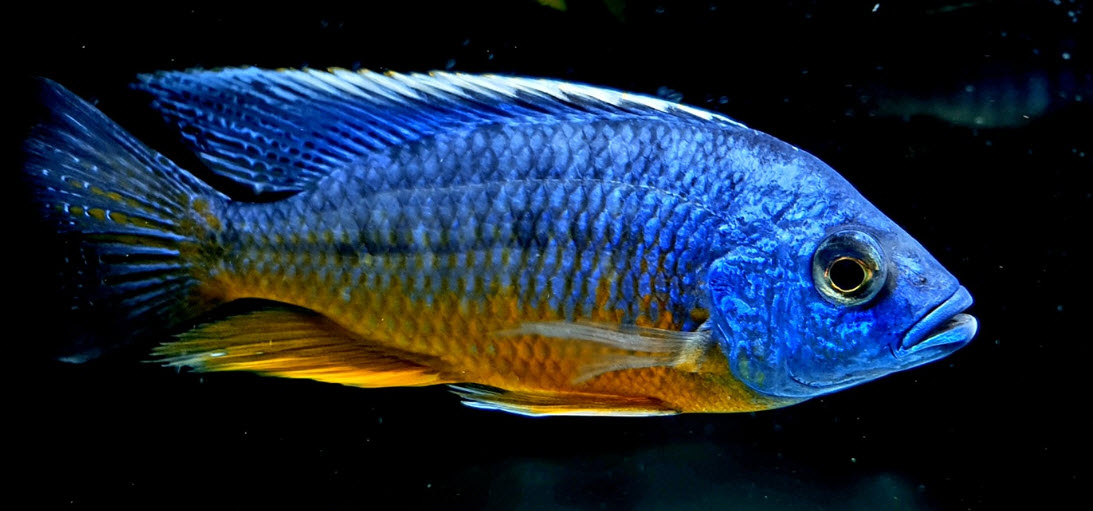
Then there is a whole group of koi folks in the United Kingdom that somehow believe in these “biocenosis baskets” in kind of a club. One member who writes some articles on it is Syd Mitchell. Some of this club ascribe the nitrate removal to plants while Dr. Novak steadfastly insists plants are NOT part of the equation and that everything ends up as nitrogen gas via anoxic bacteria. This group even has a course one can buy for $50 on “Anoxic Filtration 311”.
Manke Sanke is a UK koi pond website with an article on the biocenosis baskets. This article used a lot of the “strange” terms listed above. After this aquariumscience article came out it was rewritten to eliminate the “strange” terminology and to simply claim the baskets attract ammonia and that anoxic bacteria then convert the ammonia to nitrogen gas. It was still categorically wrong. Anoxic bacteria cannot use solely ammonia as a source to produce nitrogen gas. And clay (even unfused clay) does not “attract ammonia”.
Note there is a process by which ammonia and nitrite are utilized by something called anammox bacteria to create nitrogen gas. For all intents and purposes it is the same as changing nitrate to nitrogen gas , with all the same requirements. So claiming the biocenosis baskets use anammox is simply the same as claiming nitrate reduction, with all the same problems. And note Dr. Novak or his followers have not claimed anammox to be the process.
The Biocenosis Clarification Basket reactors are simply mixtures of kitty litter and laterite gravel placed either in a porous plastic basket in a sump, trays in a canister filter or as gravel in an under-gravel filter (a “plenum”). To claim that an open gravel sized media such as this will produce anoxic conditions (“anoxic” means very low oxygen conditions) simply cannot be supported by science. Can’t even happen in a fine substrate, let alone a substrate as open as kitty litter.
For information on the science of anoxic denitrification in a substrate, including all the definitions, click on the following link:
14.2.4. Anaerobic Substrates
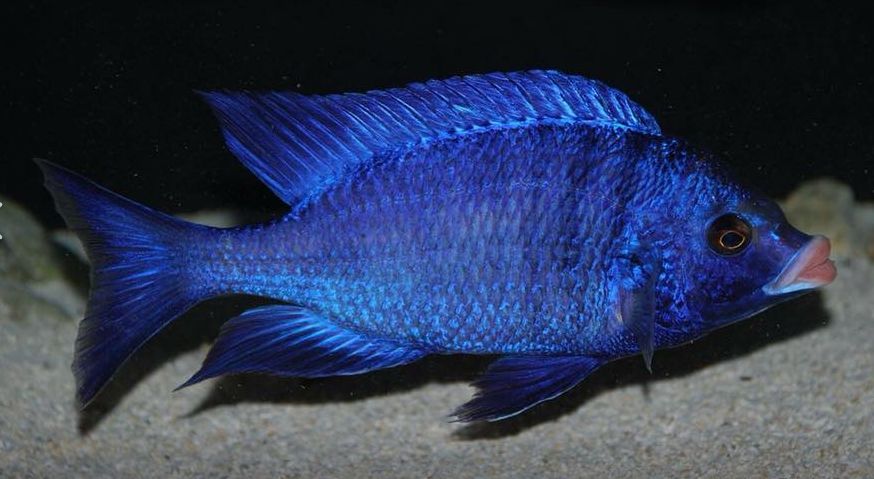
What is Kitty Litter and Laterite?
Kitty litter is clay which has the following done to it:
- The UNFUSED clay is dug up from deposits in Georgia or Florida
- The UNFUSED clay is loaded onto conveyor belts and spilled into giant crushers. The crushers break the UNFUSED clay into smaller pieces, then deposit them onto another conveyor belt, which feeds the clay into a kiln.
- The kiln resembles a horizontal chimney or sewer pipe, 100 feet (30 m.) or more in length. Inside the kiln, where temperatures can reach 2000°F (1093°C), lifters tumble the clay as it bakes. The clay continues its baking process until it has traveled the entire length of the kiln and become FUSED clay.
- As the FUSED clay emerges from the kiln, it is fed into a second crusher. Here, rollers crumble the FUSED clay to its final consistency.
What is VERY important here is the word “FUSED“. FUSED ceramics are INERT, amorphous, non-crystalline, glassy ceramics. INERT means they don’t “DO” much of anything. FUSED porous clay (i.e. kitty litter) does not have any negative charges associated with it in any way. FUSED porous clay does have an ability to absorb an amount of liquid equal to its own weight. But that is the ONLY useful property it has.
Hard laterite gravel is basically just porous FUSED clay with iron oxides in it, i.e. virtually identical in its properties to kitty litter. Sometimes laterite is produced by man from iron rich clay, sometimes laterite is weathered volcanic rock produced by nature.
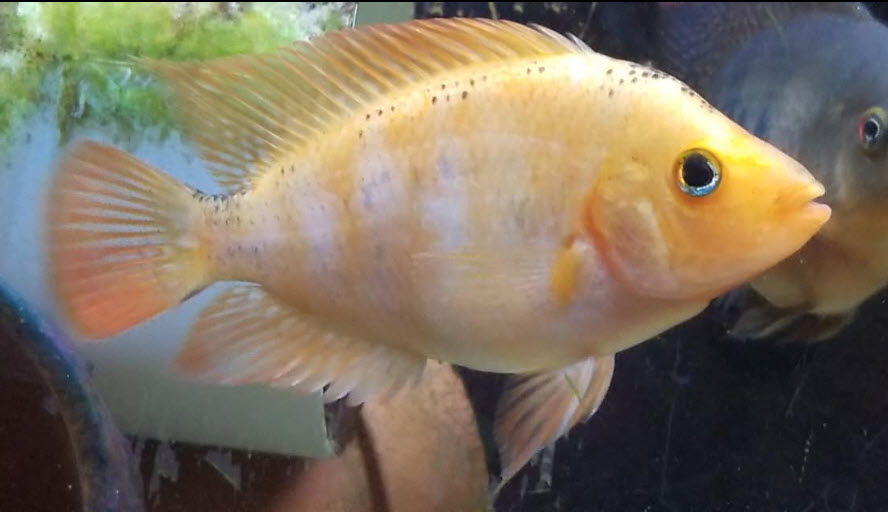
The Structure of Clay and Laterite
UNFUSED clay has a structure which is a stack of very thin sheets with a water/salt solution in between the sheets. The silicates in the UNFUSED clay have little “knobs” that stick out into the water film sandwiched between the clay sheets on an incredibly tiny atomic scale. The knobs have an incredibly tiny negative charge to them. So in UNFUSED clay, on each knob, there will be a positive ion (i.e. a “cation”) VERY lightly attached, like iron (Fe), potassium (K) or calcium (Ca) cations, along with water.
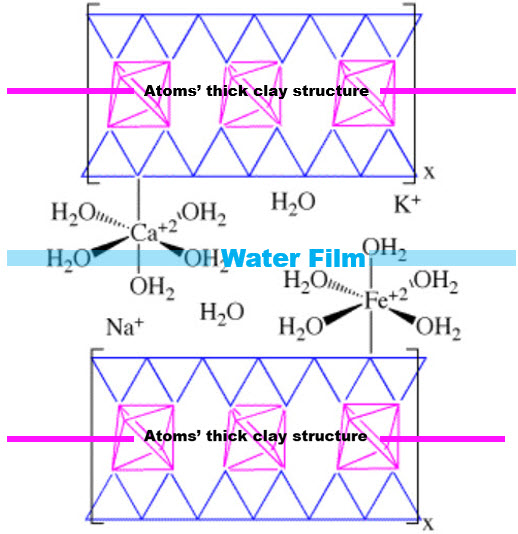
UNFUSED clay is a material which has something called a high “cation exchange capability”. This means it can exchange one positive ion for another positive ion in a water solution. So UNFUSED clay can exchange, i.e. “release” a positive calcium ion and “grab” a positive potassium or ammonium ion.
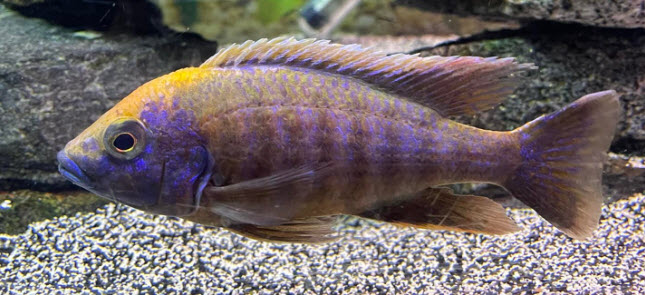
If the UNFUSED clay has 95% calcium and 5% potassium ions in its lattice and the surrounding water has 40% calcium, 30% potassium and 30% ammonium in the water, the UNFUSED clay lattice will slowly “exchange” to an equilibrium point which is 40% calcium, 30% potassium and 30% ammonium. The UNFUSED clay particle will then simply “store” the excess potassium and ammonium till the water composition changes.
“Exchange” and “attract” are two completely different things. Each negatively charged site on a clay particle will have a positively charged ion attached to it. So there is no net “attracting” negative charge possible. The clay as a whole does not have electric charge, the negative charges of the clay particles are balanced by the positive charge of the cations in the clay.
But in any case the whole discussion becomes very pointless when one considers that kitty litter is FUSED clay. When clay is fused the water between the sheets of clay is driven out. This fuses the sheets. There is no way to reintroduce the various cations and the water once this is done. So FUSED clay (i.e. kitty litter) has zero cation exchange capacity and absolutely NO NEGATIVE CHARGE of ANY sort, tiny or strong.
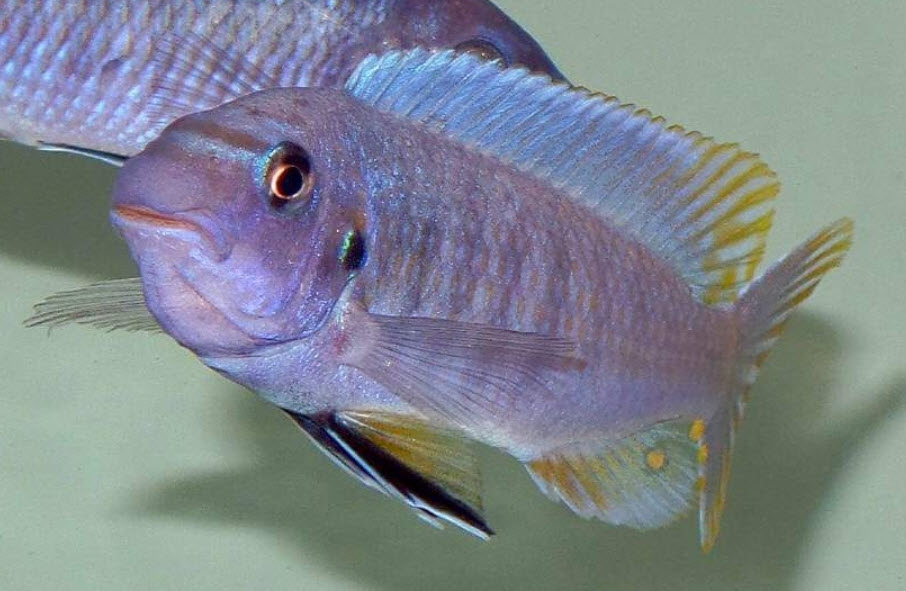
And So What?
And say the fused clay did somehow attract ammonium ions and allow them to attach to the clay particles. And say somehow the whole thing could go anoxic (very low in oxygen). So what?
- Anoxic bacteria do NOT use only ammonium ions to produce nitrogen gas.
- Anoxic archea can use the annamox process to change NITRITE and ammonia to nitrogen gas. There are six stringent requirements. The biocenosis reactors and plenums meet NONE of these six requirements,
- Anoxic bacteria can reduce NITRATE to nitrogen gas using a carbohydrate as an energy source and nitrate as an oxygen source. There are six stringent requirements. The biocenosis reactors and plenums meet NONE of these six requirements,
- Clay particles do not reduce nitrate, nitrite, ammonia or ammonium to nitrogen gas.
- If kitty litter did somehow have a net negative charge (it doesn’t) it would repel both nitrates and nitrites, both negatively charged ions.
- Since the clay particles do NOT have a net negative charge they cannot attract and concentrate the ammonium ions.
- Iron oxides do absolutely nothing for the process. NOTHING!
I.e. the fused clay particles could do absolutely nothing for these anoxic bacteria for a whole host of reasons. NOTHING! There is no connection between anoxic bacteria and clay ion exchange or iron oxides.
The design of this “Biocenosis” reactor put forth in this video will not even come close to producing the conditions required to reduce nitrate to nitrogen gas. And Dr. Novak never makes any statement I heard which makes any scientific sense at all. The many profit oriented charlatans on YouTube mix accurate science with their concocted science. And most YouTube charlatans are selling a product. Dr. Novak doesn’t do that. So I have no idea what is going on in these YouTube videos. This is just … well … er ….. strange!
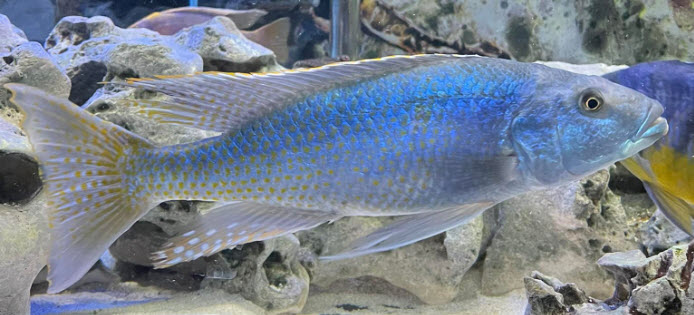
Note Dr. Novak has a whole series of videos where he converts undergravel filters to “slow flow anoxic filters” or “plenums”. All these videos are also …. well … er …. strange. All these designs have all the scientifically incorrect claims of the “biocenosis baskets” and all simply won’t work. Anoxic reduction of nitrates to nitrogen gas will NOT occur with any of these designs. And aerobic oxidation of ammonia to nitrite will be very poor with these designs as decent flow rates are required for efficient aerobic oxidation.
Dr. Novak came out with a video where, after six months, his aquarium with a anoxic plenum was up and “operating fine”. He then says in the video he is changing 50% of the water every four weeks to keep nitrates down. Huh? I’m confused! And the point of the anoxic plenum is? This is just … well … er ….. strange!
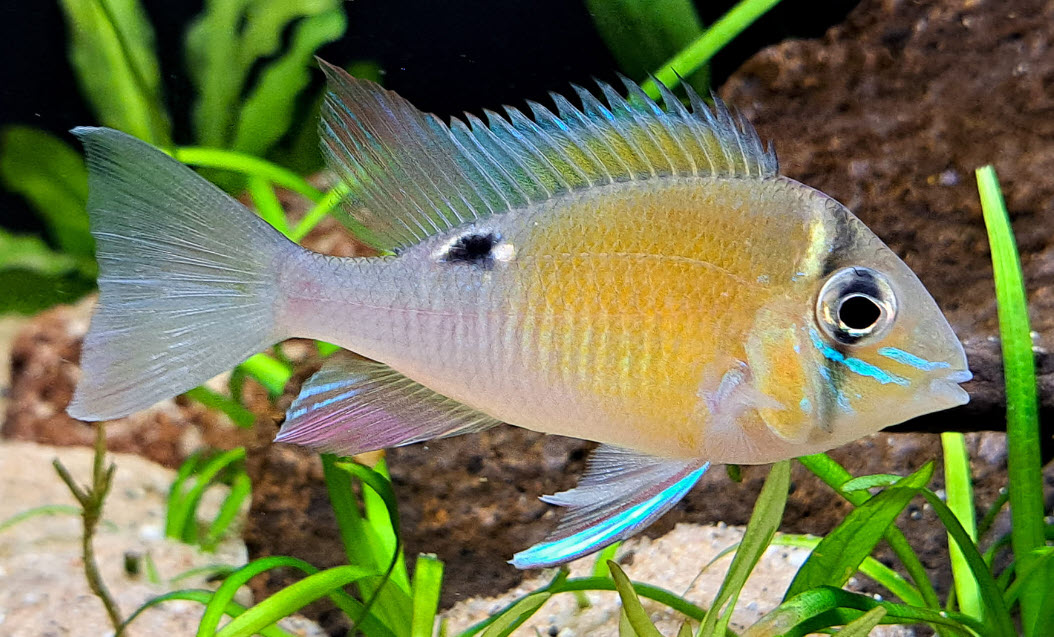
Experiment with Clay and a Battery
Dr. Novak referenced one video where a slurry of montmorillonite clay is charged by a battery. The clay forms a solid ball around the positive wire and no ball around the negative wire. The presenter says that the clay does this because it has a negative charge and is being attracted to the positive electrode. Dr Novak says this explains why positively charged ammonium cations are attracted by clay.
In the experiment the clay particles are NOT being attracted to the positive terminal. Rather the interstitial positively charged cations and associated water molecules are being attracted to the negative terminal. A reference is in order:
“Effects of Electro-osmotic Consolidation of Clays”, Lucas Martin, 2019
“Electro-osmosis is an established method of expediting consolidation of soft, saturated clayey soils. In electro-osmotic consolidation a direct current (DC) is applied via inserted electrodes. This causes hydrated ions in the interstitial fluid to migrate to oppositely charged electrodes. Because the clay particles have a negative surface charge, the majority of ions in the interstitial fluid are positively charged. Therefore, the net flow of water will be towards the negatively charged electrode (cathode), where the water can be removed and thus consolidation is achieved at the positively charge electrode.”
What is happening here is that the negative current flow is depleting the clay particles at the positive terminal of positive charge cations and their associated water (see the diagram of a hydrated clay particle above), drying out these particles. This drying action causes the clay particles to stick to each other in a solid mass around the positive terminal.
The clay is NOT being attracted to the positive terminal. The trapped cations and their associated water are being attracted to the negative terminal over a considerable distance by a current flow in form of positively charged ions.
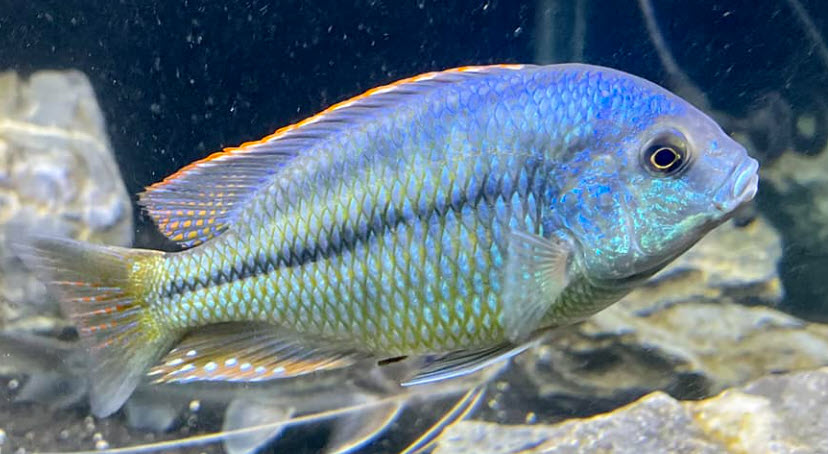
The proper way to have done this test would be to add a small amount of montmorillonite clay to water to make a cloudy suspension. Then apply a current. If the clay has a mass negative charge it should be attracted to the positive electrode and the water should clear as the clay builds up on the electrode. If you try this nothing happens. The clay is NOT attracted to the positive electrode.
The other way to test this is to simply turn off the current. If the clay is being “attracted” by the charge as soon as the current is turned off the clay should liquify again. They did this in this experiment and the clay ball did NOT liquify.
And again, as we have repeatedly pointed out, kitty litter is FUSED clay and doesn’t even have the tiny negative charges at a molecular level which this experiment with UNFUSED clay reveals. If this test were run on ground up kitty litter nothing would happen.
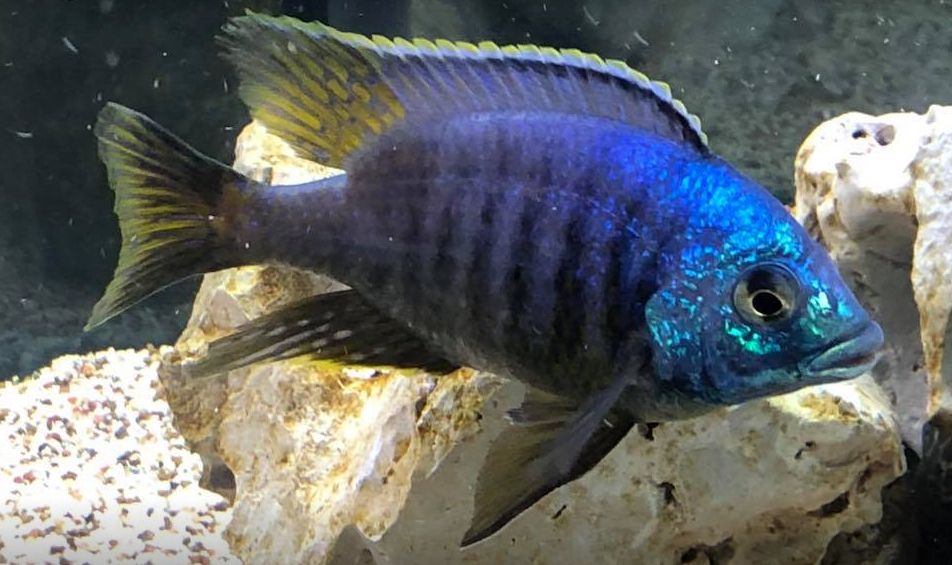
Testing Data
The biocenosis basket was tested in an experiment with controls and found to do NO reduction in nitrates. This year long test was done as a part of a test of Biohome and De*Nitrate filter media denitrification claims.
Four identical aquariums were set up with fish but no plants. All four aquariums had the same treatment for over one year where the nitrate levels were maintained at a high level by feeding the fish normal amounts of food. One of the aquariums had a biocenosis basket set up in it. Two of the aquariums had no way of reducing nitrates, i.e. there were two “controls”. At the end of a year and throughout the year the level of nitrates in the biocenosis basket aquarium was identical to the level of nitrates in the two controls. No reduction of nitrates was seen with the biocenosis basket.
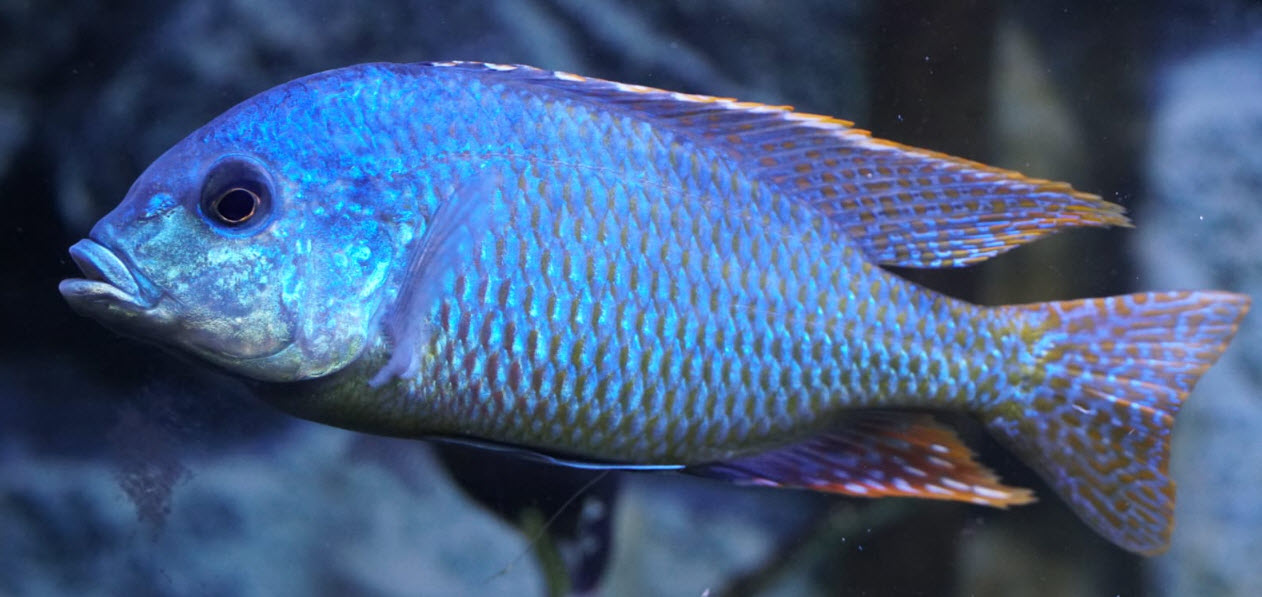
The test can be found at the following link:
7.5. Denitrifying Filter Media
It has to be noted that this test was a valid scientific test in that it used “controls”. I.e. aquariums where anoxic reduction of nitrate to nitrogen gas could not possibly occur. This is the ONLY valid way to do a test. A test with no “control” is meaningless.
Also note I did this test before I had thoroughly researched all the claims and videos on the baskets and plenums. Quite honestly I would not have gone to the trouble of doing this test if I had realized how … well … er ….. just how strange this whole topic is. And I’m certainly not going to do any other tests. I’d feel kind of like I would be testing to see if the earth is flat.
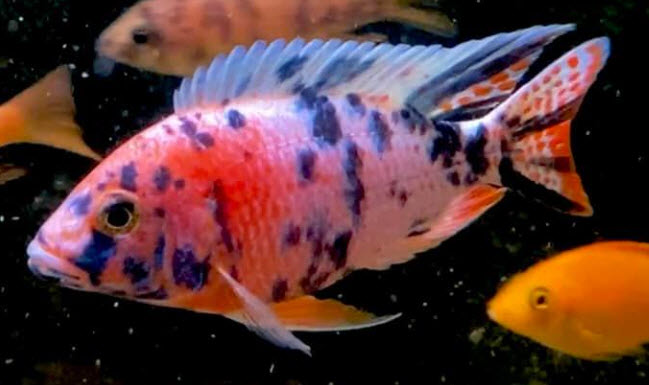
And Dr. Novak in one of his videos complains that there are “those” who do experiments with his baskets where they only do one test (This video came out just after I posted my test of a single biocenosis basket. Hhhmmmm….. Did he mean me?). They need to do “ten tests” per Dr. Novak.
But if you look at all of Dr. Novak’s videos he doesn’t run multiple side by side tests. Indeed Dr. Novak never actually runs any true scientific experiments. As far as I can see he has never used a control. This is baffling for someone with a PhD. A control is the bare minimum you need to conduct a scientific experiment and see if what you are claiming is correct. Similarly, if you are not using a control, you are also not performing an experiment. This is just … well … er ….. strange!
Another test of the Biocenosis basket was done by Michael Vormwald of MJV Aquatics. He got no reduction in nitrates despite contacting Dr. Novak and getting help directly from Dr. Novak.
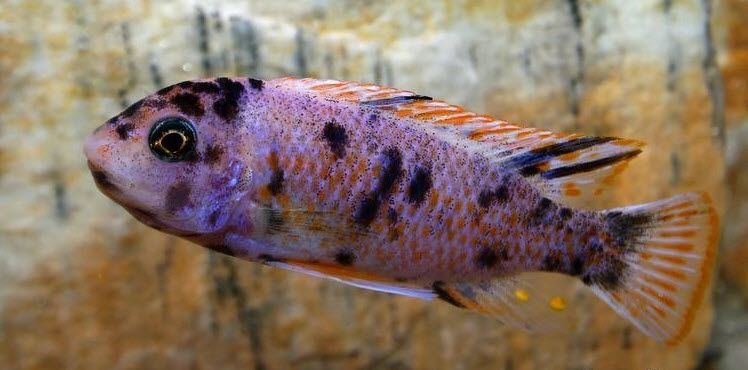
More In-Depth Analysis
Most hobbyists will be satisfied that Dr. Novak’s biocenosis basket won’t work at this point and can drop the whole thing. But there are always those of a more curious bent that want to go into more detail on this topic. For those people, read on below:
Assimilatory Denitrification
All the “research” on biocenosis or anoxic filtration becomes very understandable once one recognizes a process called “assimilatory denitrification”. The uptake by fungi, water molds and bacteria of nitrate is called “assimilatory denitrification”. It is common and well documented. Per the paper “Denitrification in Recirculating Systems: Theory and Applications” van Rijn et. al 2005:
“Organisms capable of assimilatory nitrate reduction use nitrate, rather than ammonia, as a biosynthetic nitrogen source. Organisms capable of assimilatory nitrate reduction include plants, algae, bacteria and fungi. Assimilatory nitrate reduction takes place under aerobic as well as anaerobic conditions. No net removal of inorganic nitrogen is accomplished by this process, since inorganic nitrogen is converted to organic nitrogen”
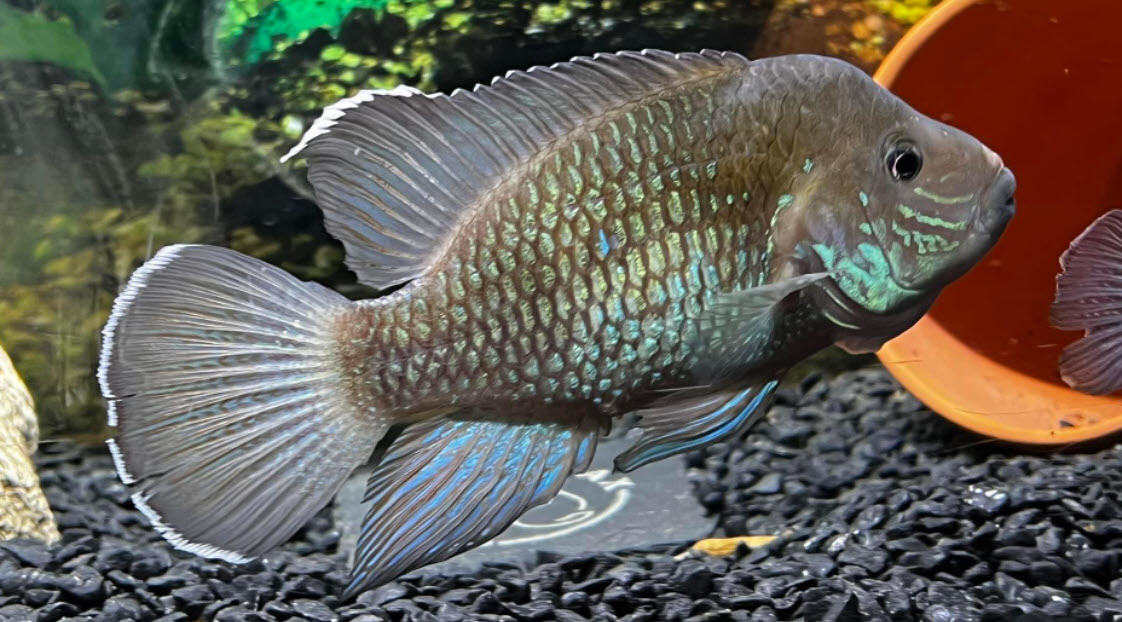
Dr. Franco’s “Research” on the Biocenosis Reactor
Throughout Dr. Novak’s work he constantly refers to the “research papers from Dr. Franco in Italy”. And all the other “experts” who push the biocenosis baskets do the same thing.
Finding this “research” is not easy as it wasn’t published research in a journal paper. Rather it was an “experiment” with koi ponds reported via a blog ( http://www.lagazzettadellekoi.it/ ). Dr. Franco Prati, a medical doctor who kept koi ponds in Italy, set up a koi pond with 30 baby koi, some adult koi, and 28 “biocenosic baskets”. On day 52 of the test he got this nitrate reading:
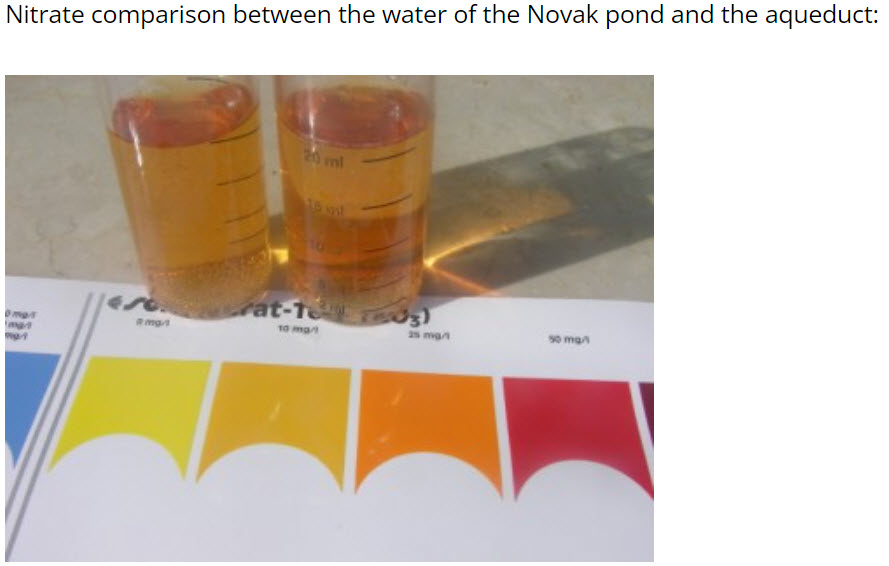
He interpreted this as nitrate level of 8 mg/l where the nitrates in the pond were identical to the level of nitrates in the water the pond was filled with. He then said that since the nitrates didn’t rise, the baskets were working.
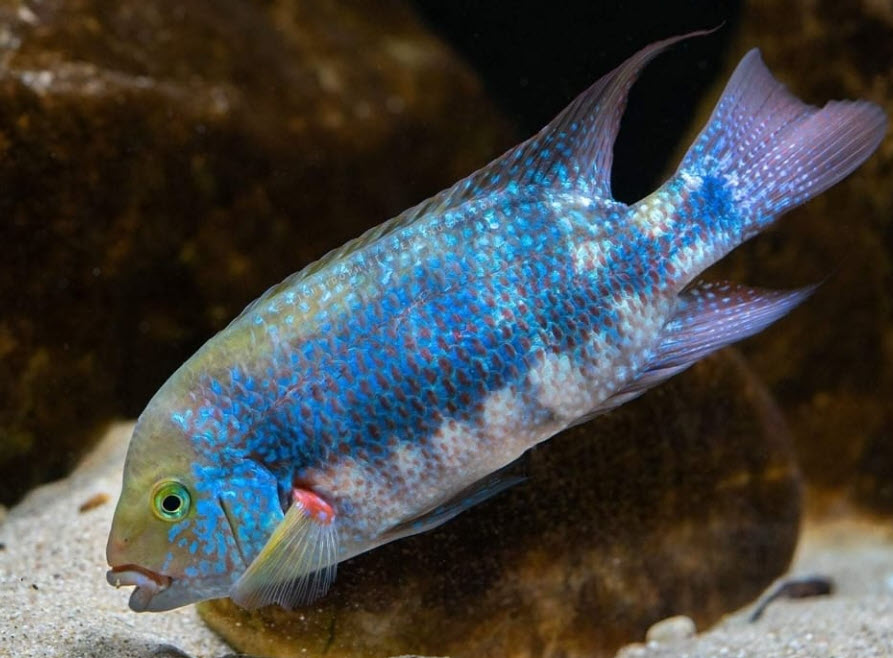
This is a classic case of assimilatory denitrification. The nitrogen in the food is going to at least three things. First off the baby koi are converting it to proteins in their growing bodies. Secondly the baskets are being filled with protein rich brown gunk. In addition the pond is filling with adherent algae.
The “control” here was meaningless as it was set up completely different than the experimental pond, with different stocking and turtles with some juvenile koi. The turtles output of ammonia to nitrate alone insured a “control” where the nitrate levels HAD to go up. “Controls” only have meaning if they are scrupulously identical to the experiment for all parameters save the experimental parameter.
And the Sera test was at 8 nitrate nitrogen (NO3-N), which is 40 ppm nitrate per the API nitrate (NO3) test. The Sera test measures nitrate nitrogen (NO3-N) and has to be multiplied by 4.4 to get the number per the API nitrate (NO3) test. AND, if the biocenosis baskets were working, the nitrates should have been zero, not 40 ppm.
So Dr. Franco did not “prove” anything. Indeed, if anything, he showed the biocenosis baskets didn’t work as they did NOT reduce the nitrates.
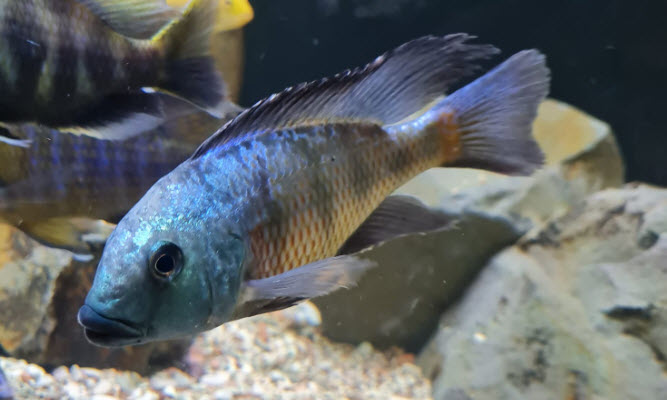
Other “Research”
There are several other “successful researchers” of biocenosis baskets with YouTube videos. All these sincere but mis-informed video makers have very obvious reasons they achieve reductions in nitrate other than the biocenosis basket. None of these YouTube videos used multiple aquariums which only varied in the use of biocenosis baskets, i.e. a meaningful and true experiment with controls. All have very obvious cases of experimenter bias, where the experiment couldn’t help but “support” the hypothesis.
A typical Biocenosis YouTube video is from Jay’s Aquatics (https://www.youtube.com/watch?v=5lUWQkpUvdA) It is a heavily planted aquarium where the plants will simply absorb all the nitrates. This is very typical. Here is a photo of Jay’s aquarium:
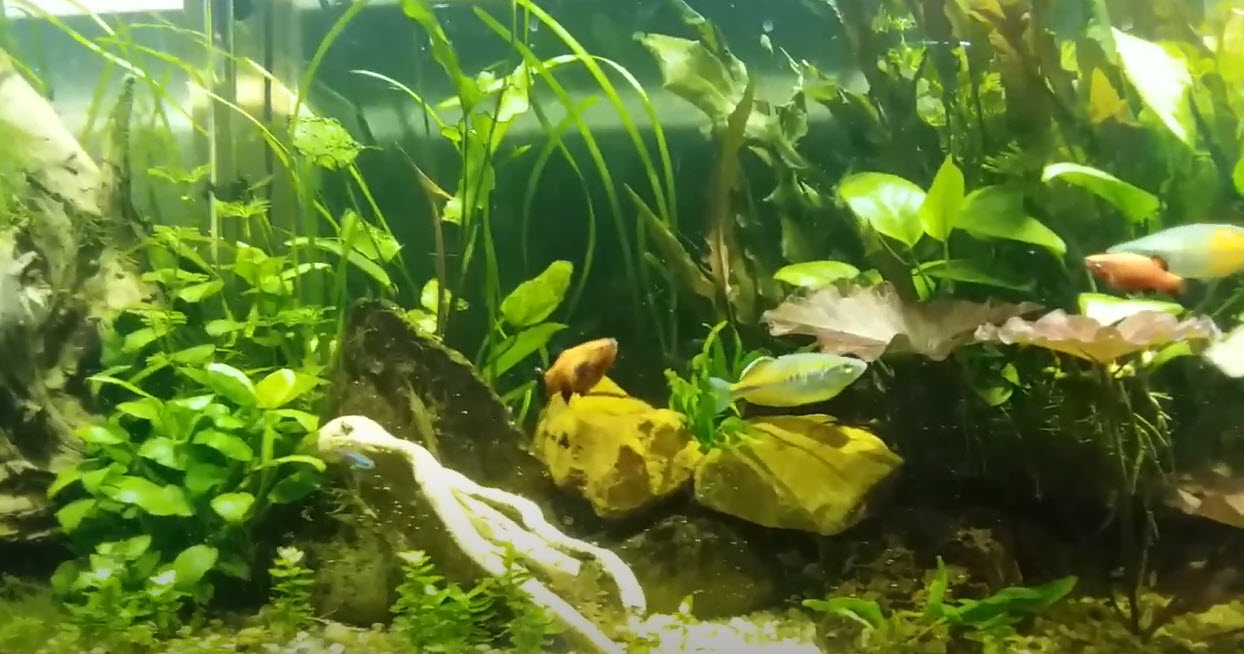
Once again, obviously it is the plants in this aquarium which are reducing the nitrates. The reduction seen has NOTHING to do with the biocenosis basket.
A 2022 video on YouTube by Dr. Novak showcased an aquarium by “Mark” which supposedly dropped nitrates from 40 to zero. Once again note the amount of living plants in the aquarium:
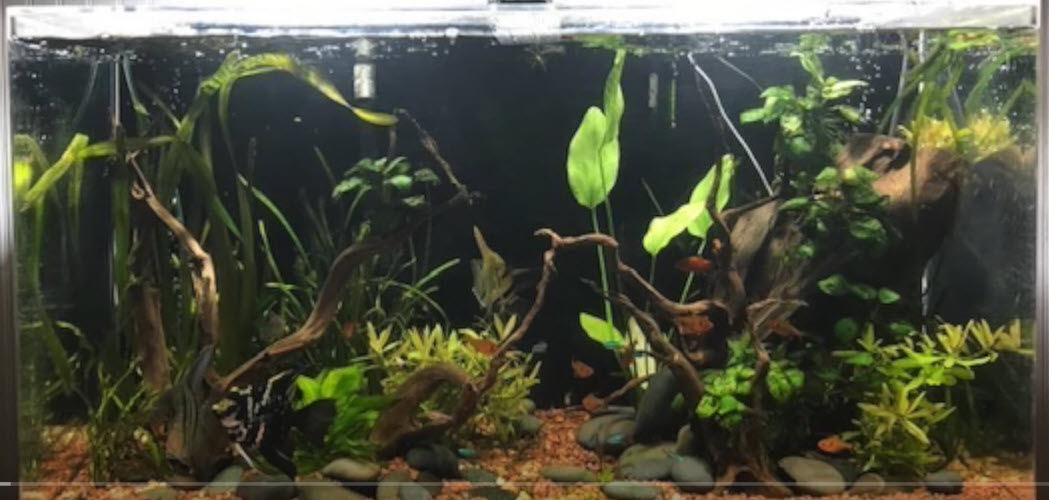
On July 4, 2023 Dr. Novak showcased on his YouTube channel another “successful” user of a biocenosis basket. Note the plants.
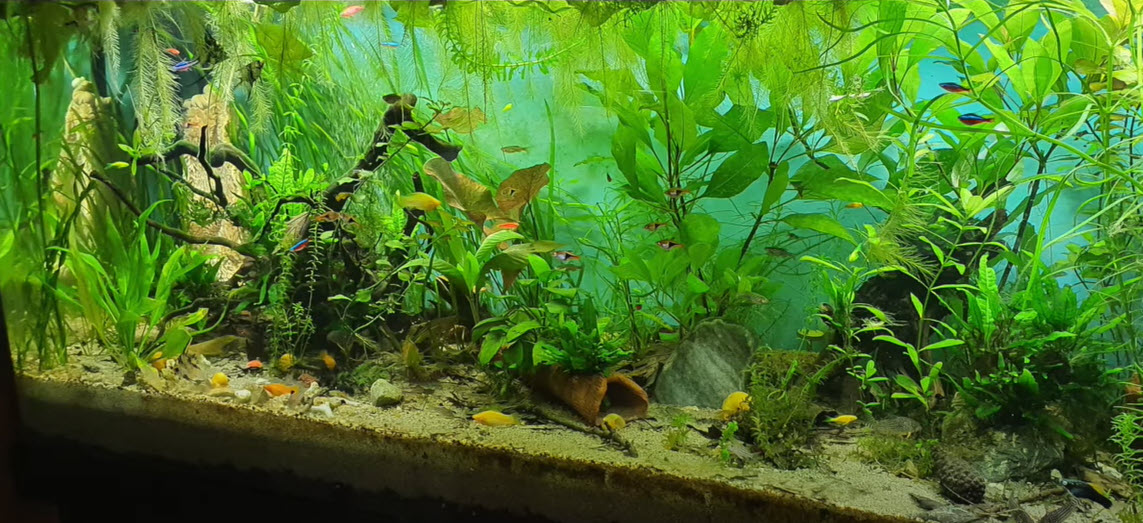
Supposedly when this aquarium was set up it had over 400 nitrates. And only after a biocenosis basket was added did the nitrate levels drop to zero. This simply reflects the fact that plants can take many months to start absorbing significant amounts of nitrate. It had nothing to do with the baskets.
Yet another “successful” user of the biocenosis basket with a YouTube video is My Aquarium (https://www.youtube.com/watch?v=wNuurov-llw). This enterprising soul went three weeks without a water change and had no nitrates. He said it proved the biocenosis basket he was using worked well. Here is his tank:
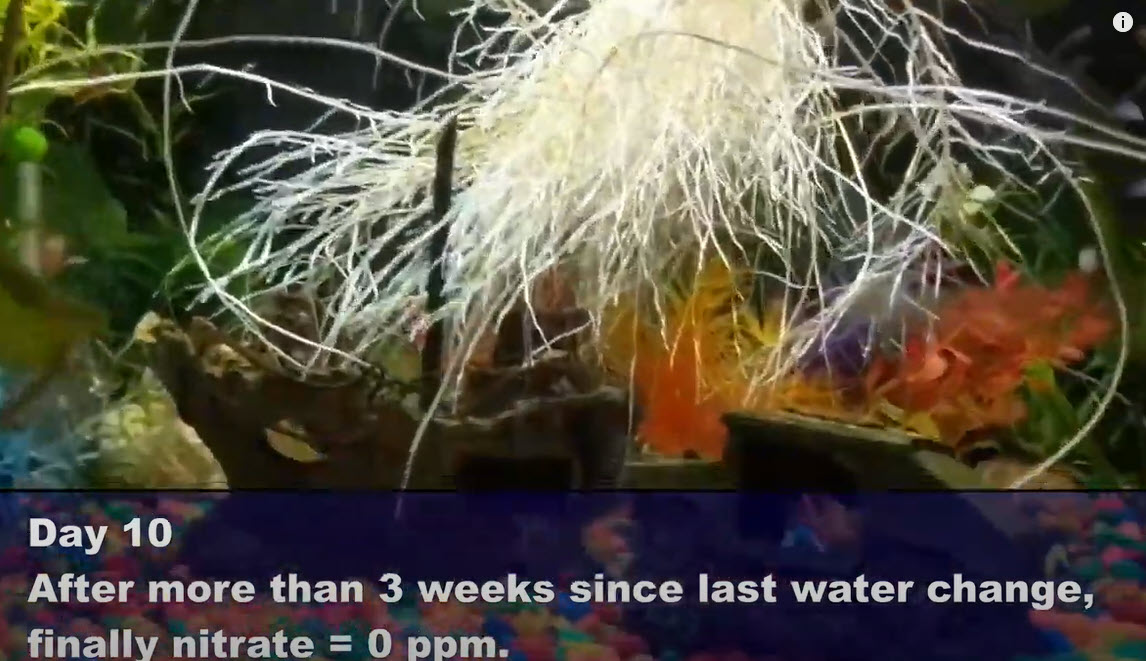
Note the roots of the huge emergent plant (sweet potato?). OBVIOUSLY this plant is absorbing all the nitrates.
There is another YouTube video of a “successful” biocenosis filter from Roland Wilson:

Once again, note the large lush plant in the tank.
Note there is one other YouTube video where a hobbyist has a biocenosis filter in his sump with a unplanted blackwater aquarium (JPFishnut, https://www.youtube.com/watch?v=5lUWQkpUvdA). He claims to have zero nitrates after six months with “only” monthly water changes. The sump filter is very pristine with virtually no mulm anywhere in it, including in the biocenosis basket. But the aquarium is loaded with heavy black mulm.
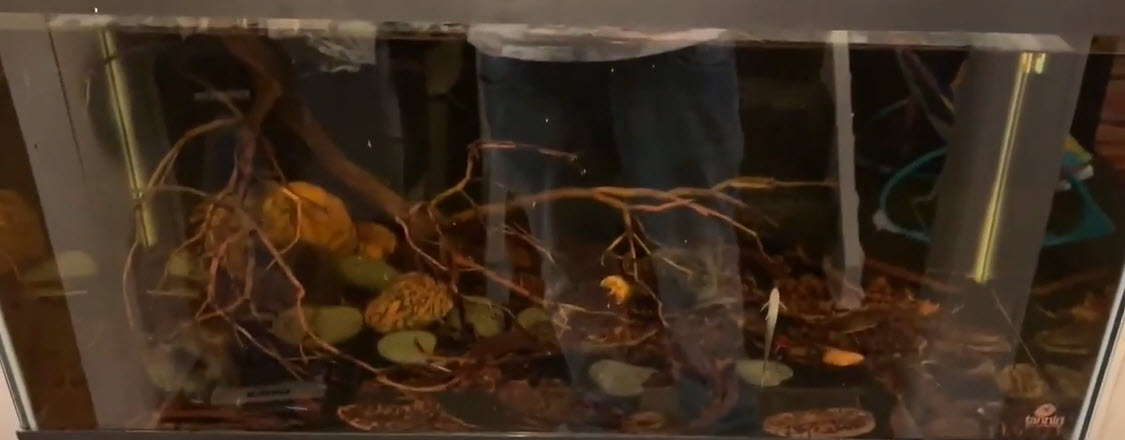
But the fish loading here is very low so the amount of nitrogen going into the tank is tiny. AND HE IS DOING WATER CHANGES! He has a blackwater aquarium where the blackwater is created by large amounts of Indian almond leaves being added frequently and being allowed to rot in the tank. JP says the “tank has a ton of leaf litter decomposing in there“.
This “leaf litter” is a nitrogen filled mass of fungi, water molds and bacteria. The cellulose in the Indian almond leaves is providing the energy to create this biomass. Indian almond leaves have no nitrogen in them. They are 99.9% cellulose, a polymeric carbohydrate. This gives what is called a high carbon to nitrogen ratio. A high carbon to nitrogen ratio will give a lot of assimilatory denitrification, where the nitrogen gets tied up in mulm and detritus.
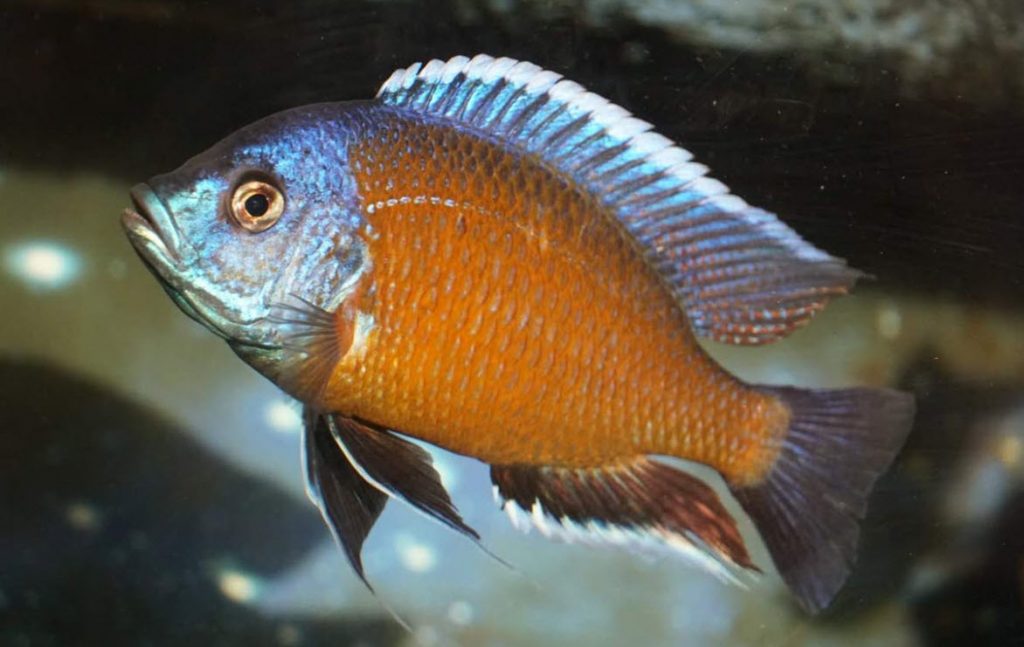
In this black mulm there are masses of fungi and bacteria which have taken the nitrate and converted it to proteins in their bodies. These masses of mulm and detritus are absorbing the nitrate, not decomposing nitrate to nitrogen gas. The uptake by fungi, water molds and bacteria of nitrate is called “assimilatory denitrification”. It is common and well documented.
The nitrate is NOT being reduced to nitrogen gas in the biocenosis basket. The small amount of nitrogen from the small amount of food is simply being removed by water changes and being incorporated into this leaf litter and mulm biomass. The floor of the tank is a thick black mulm.
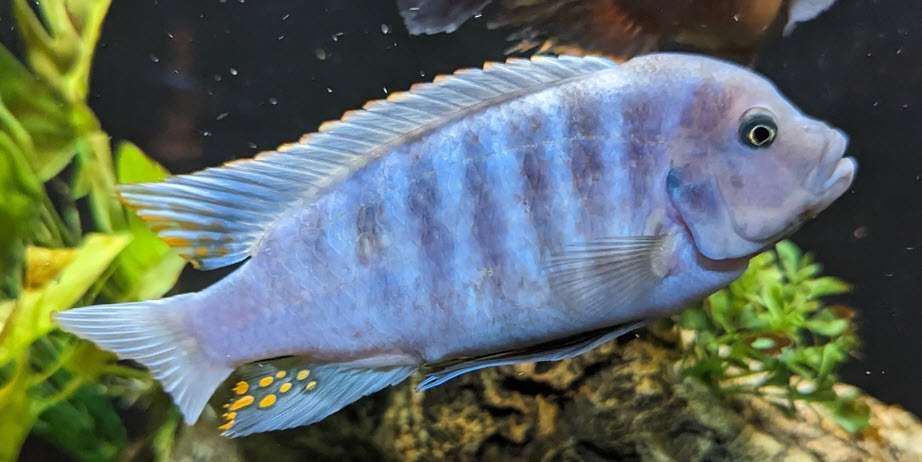
A Plethora of Biases
Recently GV Aquariums Australia did an experiment with a single UNPLANTED aquarium which supposedly “proved” that after one year the BCB baskets were working well to remove nitrates. This “experiment” had the following obvious problems:
- He was doing a 50% water change every two weeks. This alone will keep the nitrates below 80 ppm.
- When he stopped doing water changes to see “how fast” the nitrates rose after one year of operation, he misinterpreted the API nitrate test. He used the darkness rather than the color of the test. This meant what was actually 80 ppm was being measured by him as being 30 ppm.
- If the baskets were working, then the nitrates should not rise AT ALL!!! Nitrates should drop to zero.
- There was no control, an identical aquarium where the only difference is that there is NO BCB basket. Any experiment without a control isn’t an experiment.
This all goes to show how experimenter bias is a very real phenomenon. This experimenter actually proved the biocenosis baskets do NOT do any denitrification.
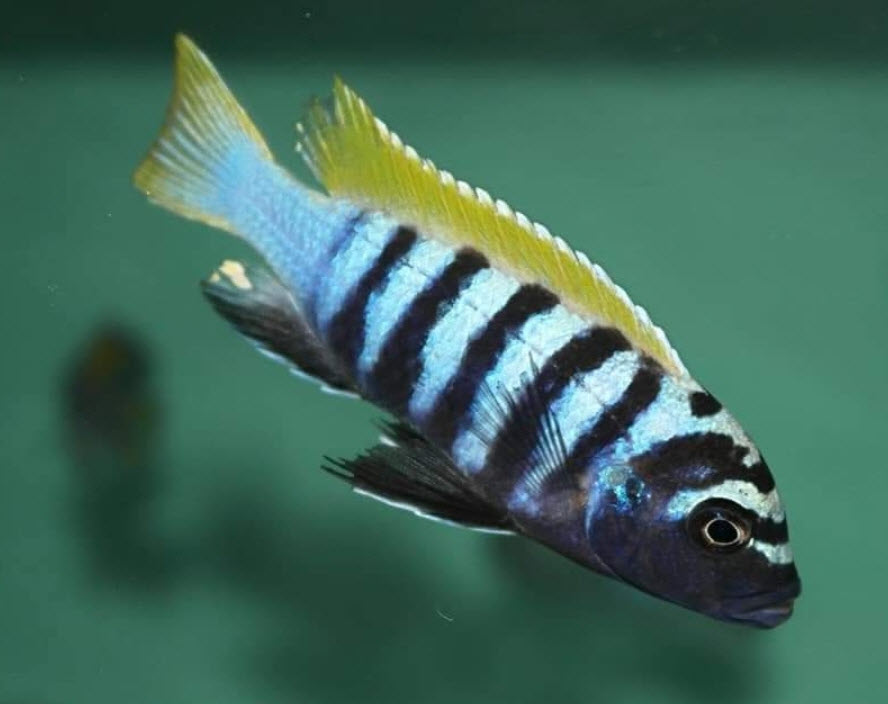
The Actual Science of Denitrification
The claims of the biocenosis basket are basically the same as the claims made for Biohome and De*Nitrate “denitrifying” media. Namely that the kitty litter/laterite combination act as a filter media which reduces nitrate to nitrogen gas. So it is useful to look at denitrifying filter media as a whole.
There are designs of waste water treatment plants in Europe which do indeed reduce nitrate to nitrogen gas (“Design and Operation of Moving Bed Biofilm Reactor Plants for Very Low Effluent Nitrogen and Phosphorus Concentrations”, Rusten, 2007). These plants have established that there are SIX conditions which MUST ALL be met for a biofiltration media to do anoxic decomposition of nitrate to nitrogen gas:
- The media would have to have large amounts of organic compounds inside the media which would remove oxygen from the water by producing carbon dioxide gas (“anoxic” means “very low oxygen”).
- The media would have to have large amounts of simple organic carbohydrates inside the media which would act as what are called “electron donors” and allow the reduction of nitrate to nitrogen gas. In sewage treatment plants they add glycerin or ethanol to provide the simple organic carbohydrates.
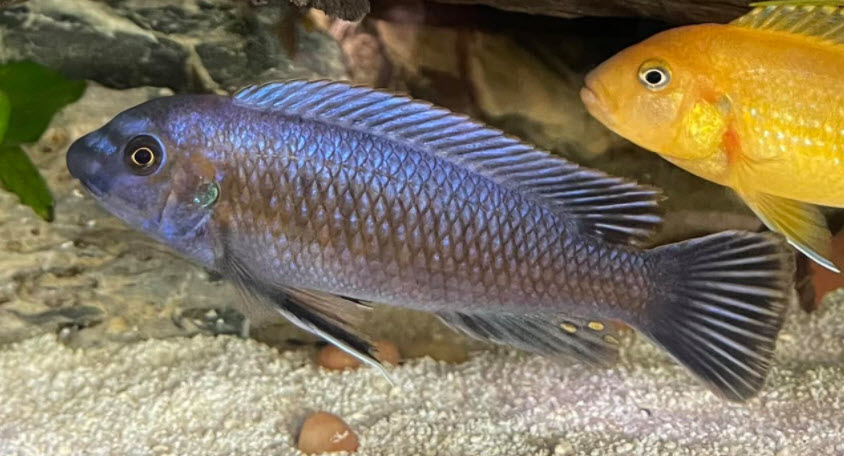
- The media would have to somehow move the water around inside the media particle so that each denitrifying bacterium could come in contact with the nitrate molecules it will need to function and reduce the nitrate to nitrogen gas.
- The pores in the media would have to be large enough to allow a nitrate reducing bacteria to live inside it.
- The media would have to be permeable enough to allow water to pass into it, be purified of nitrate and then pass back out of the media.
- The media would have to be very impermeable to further oxygen permeation from the surrounding water.
If ANY of these six criteria are not met the anoxic decomposition won’t work. The kitty litter/laterite media in a biocenosis basket meets NONE of these six REQUIRED criteria. If any ONE of these criteria is not met the system cannot work.. This point cannot be emphasized enough.
.
The Biocenosis Basket Media meets NONE of these six REQUIRED criteria.
.
The biocenosis basket categorically cannot do any anoxic decomposition of nitrate to nitrogen gas. It simply can’t happen for no less than six separate, well established scientific reasons.
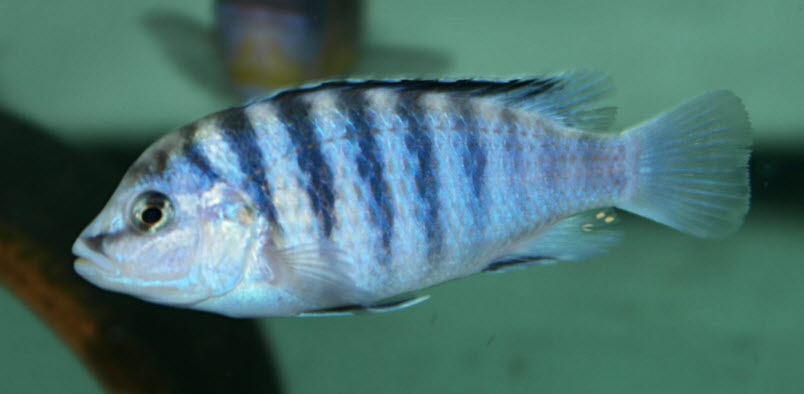
One major problem here is that the last three criteria are mutually exclusive in a stationary media such as the kitty liter or the laterite. If the pores of a media such as kitty litter or laterite are large enough for a bacterium to live in it, then oxygen can permeate the media. If water can pass into the media, oxygen can also pass into it. The media cannot be BOTH permeable and impermeable at the same time.
And no ceramic media has ANY organic material inside it. Ceramic media such as kitty litter or laterite has NO internal organic compounds to reduce the oxygen levels. So the inside of the media cannot possibly go anoxic or anaerobic.
There is a second reason internal organic compounds are required. These internal organic compounds are also required to provide something called an “electron donor” to the anoxic bacteria. With no organic compounds inside the laterite or kitty litter denitrification cannot take place for two well established reasons.
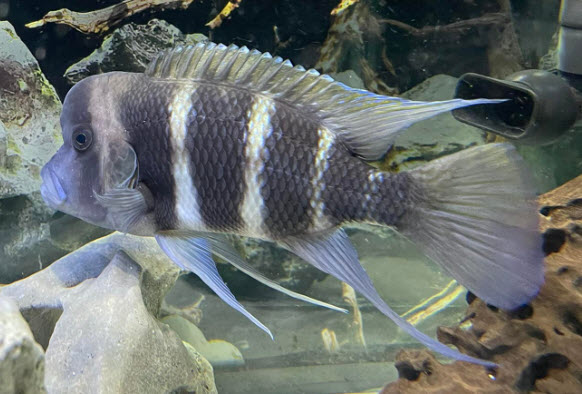
If one still believes in “biocenosis baskets” and “anoxic plenums”, just put these terms into a Google Scholar search. There are NO research papers on either subject. NONE. There is NO University research supporting this “technology”. If it actually worked there should be a raft of papers as it would be very useful in the billion dollar aquaculture industry. There are NONE!!! ZERO!!!
The biggest proof by far that the biocenosis basket doesn’t work comes from the thousands of “tertiary” sewage treatment plants around the world. These plants spend literally billions of dollars per year with some very complicated technology to reduce nitrate emissions by reducing nitrate to nitrogen gas. If mixing laterite with clay kitty litter worked to do this, these plants would all be using hundreds of tons of laterite and clay kitty litter in their treatments. There is not ONE treatment plant using any such technology. Case closed.
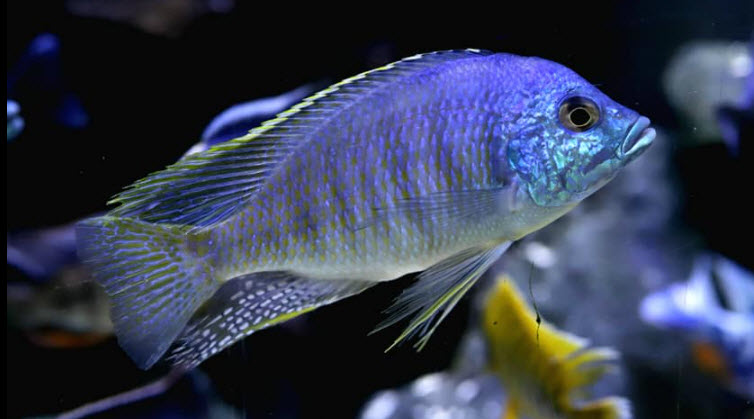
Things get More Strange
Recently Dr. Novac posted a YouTube video about a “successful” anoxic kitty litter filter he had been running for several months. He had used a kitty litter that had unfused particles of clay in it (“clumping” kitty litter). The clay has become a sodden mass of, well, wet gray clay. Dr Novac went on about the fact there was no “bad smell” coming out of the sodden mass so obviously there was a healthy anoxic filter there.
This sodden mass was a putty of wet, very tiny clay particles that could not possibly pass ANY water through it. As there was no organics in it nothing was happening in the wet clay at all. This sodden mass was doing absolutely NOTHING. It categorically was not doing ANY anoxic reduction of nitrates. This is just … well … er ….. strange!
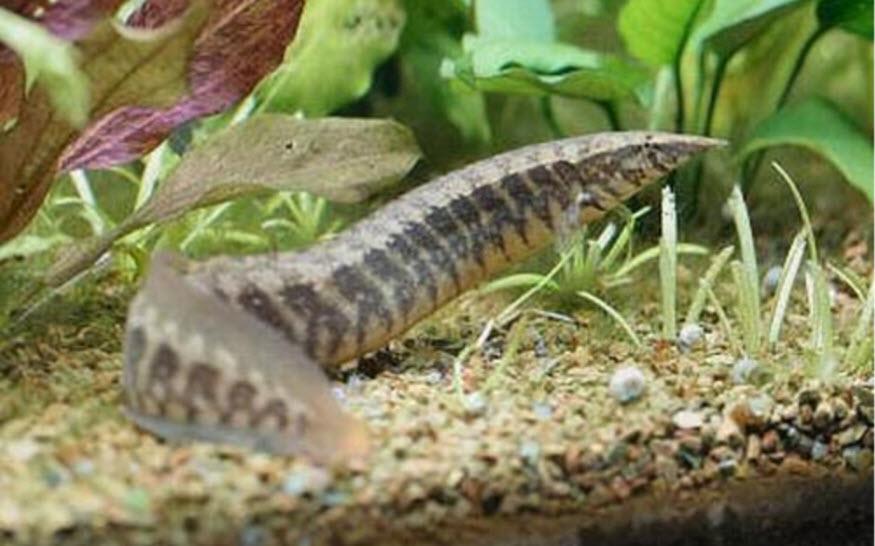
“Plenums”
In 2023 Dr. Novak started posting videos about “successful plenum usage” in some pet stores. These “plenums” were simply well established undergravel filters, a very successful filter design which we go into in some depth in other articles. Dr. Novak didn’t mention “laterite”, “kitty litter”, “anoxic” or “nitrate reduction” anywhere in these videos. Again, this is just … well … er … strange.
Working Anoxic Devices
For more analysis of various anoxic denitrification schemes which can actually work, click on these links:
8.9.2. A Reactor Design Which will Work
For information on the science of anoxic denitrification click on the following links:
14.2.4. Anaerobic Substrates
7.5. Denitrifying Filter Media
.
Return to 8. Filters Menu
Return to 8.9. Anaerobic Reactors Menu
.
Aquarium Science Website
The chapters shown below or on the right side in maroon lead to close to 400 articles on all aspects of keeping a freshwater aquarium. These articles have NO links to profit making sites and are thus unbiased in their recommendations, unlike all the for-profit sites you will find with Google. Bookmark and browse!
.

Derek Debowski says
Thank you for this article, hopefully it will save a lot of people a lot of time and a lot of fish from an agonizing death brought on by living in the putrid water their owner ignorantly believes he no longer needs to do water changes because he submerged a kitty toilet in his sump. As for me I was going to try Dr. Niovak’s method out myself but he refuses to address my concerns about addition of a secondary bio-load which is certain to occur as a result of employing his methods which is this; Cats will be crapping in peoples ponds and sumps MUCH more often than would occur in ones not packed full of kitty litter… Not to mention when they cover it up… there goes your anoxic enviroment…
And to anyone who scoffs at the idea that submerged litter is capable of attracting a feline All I need do is refernce Dr. Novak himself when he stated that the negative charge of the kitty litter “Pulls in CATions”… And since Cats are composed exclusivedly of Cations (why else would they call them that) they are going to experience a significant pull towards these baskets.
On a serious note I think you did a fine job on this article. It is engaging and well written but more importantly you struck the perfect balance of unyielding truthfulness without any unnecessary (well deserved though it may be) bashing of Novak. (sorry I refuse to address someone as “Dr.” if I know what they are recommending can only cause harm as using the title implies endorsement of the credibility it imparts.) I certainly couldnt have kept it nearly so classy.
Lastly I think the reason you are perplexed as to what is motivating Novak since he isnt pushing products on anyone, at least not directly… Is because you aren’t considering that he may be after a different type of currency. He has all the signs of a person who had an age related crisis of realization that was significant enough that he became delusional rather than face ta truth his ego could not survive. In his case I think its something along the lines of nearing end of life and realizing he had made no significant contributions by which he would be remembered and revered. His hyper defensive avoidance of any dialog that might lead to the destruction of the fantasy world hes managed to create for himself where he is the Isaac Newton of fishkeeping. His strange ability to only see supporting evidence no matter where he looks is not an act. He really does believe the things he is saying are true simply because it would be too painful for him not to. There is no point in engaging with him because what he is doing is about him, He was going to revolutionize something and play this whole “leading authority” role one way or another and if it hadnt been kitty litter bricks it would have been something else. Any attempts at opening an honest dialogue he will perceive as an attack. Plus im sure spending several hours a day fishing cat crap out of ones ponds and tanks would make anyone a tad impatient. I know Id be persnickety as heck.
Jesse says
I was searching YouTube for videos about Undergravel Filters. Mainly looking for why they weren’t used anymore. I was really into fish keeping when I was younger and always had an aquarium (all with UGFs), and always crystal clear and stable despite my youthful negligence. Recently decided to get back into the hobby and planted tanks and container ponds appeal to me quite a bit. Realizing not much at all (really nothing) has changed with filter ‘technology’ in the last 20 years, I wondered why I didn’t see many UGFs or discussion about them. I noticed my local fish store still used them, but the only one they had in stock for sale was a 5″ round and they said they don’t sell many or order much anymore.
I came across a few of Dr. Novak’s videos while I was searching for UGF videos. Instantly my thought was, okay, he’s using a UGF, what’s the big deal? That concept has been around in aquariums and water treatment facilities for over 100 years (I think that is an accurate statement, you’d know better than me).
Then he started his ‘explanation’ and this is where he lost me, but not because I didn’t understand the science, but because it didn’t make sense. The historic use of UGFs are proof enough for me that they work well at keeping an aquarium stable, providing you (don’t) maintain them as you’ve outlined in other articles.
Dave says
In reply to Copycat Yes, it was supposed to be only a translation but somehow ended up in English with sponsorship. No harm done.
copycat says
Did someone just copy your website wholesale? I was reading up on the biocenosis reactor scam and i found aquainfo(dot)org/8-9-1-biocenosis-reactor/ which has all your articles!
ben z says
me again… ran across this passage in the book Microbial Ecology of Activated Sludge:
Two different nitrite reductases (NirS and NirK) occur in denitrifiers, but are never found in the same organism. In Gram negative bacteria both are periplasmic enzymes, which differ in their structure and metal cofactor. The crystal structure of NirS (cytochrome cd1) of Paracoccus pantotrophus revealed a dimeric protein with one heme C and one heme D1 – binding domain per monomer (Fu ̈lo ̈p et al., 1995). Thus, the metal cofactor of NirS is iron. In contrast, NirK species are trimeric enzymes and contain Cu as prosthetic metal (e.g. Godden et al., 1991). Concerning the distribution of these nitrite reductases among the denitrifiers, it is thought that NirS is the more frequent type but NirK occurs in a greater variety of phylogenetically unrelated taxa. However, a survey of nir genes in cultured denitrifiers has revealed that nirK was the prevalent form in 4100 analyzed isolates from different phyla of Gram negative and Gram positive bacteria (Heylen et al., 2006). The selective pressures that favour the evolution of two widely distributed nitrite reductases remain unknown. Clearly, the metal content of all denitrification enzymes causes an increased demand for these metals. Hence, the use of iron in NirS and copper in NirK might confer a selective advantage on different denitrifiers in situations when one of these metals is depleted (Zumft, 1997).
which might explain the “iron” in the basket. (not that I disagree with your article!)
Ben z says
Love this article. Every time I need a laugh I read it again. Dave… you should be a writer. Every “errr… strange” makes me giggle like an idiot LOL!!!
But, even though I know the earth is round, we gotta be fair to Dr Novak. He does have some aquascaping skills. His aquariums look good. Much better than mine at least. If there were PhDs in aquascaping… he might have a chance at that 1.5 million. I’m still giggling btw.
Thanks for the article. I was in a lousy mood last night but this really cheered me up.
Oh and yeah, I’m still giggling…